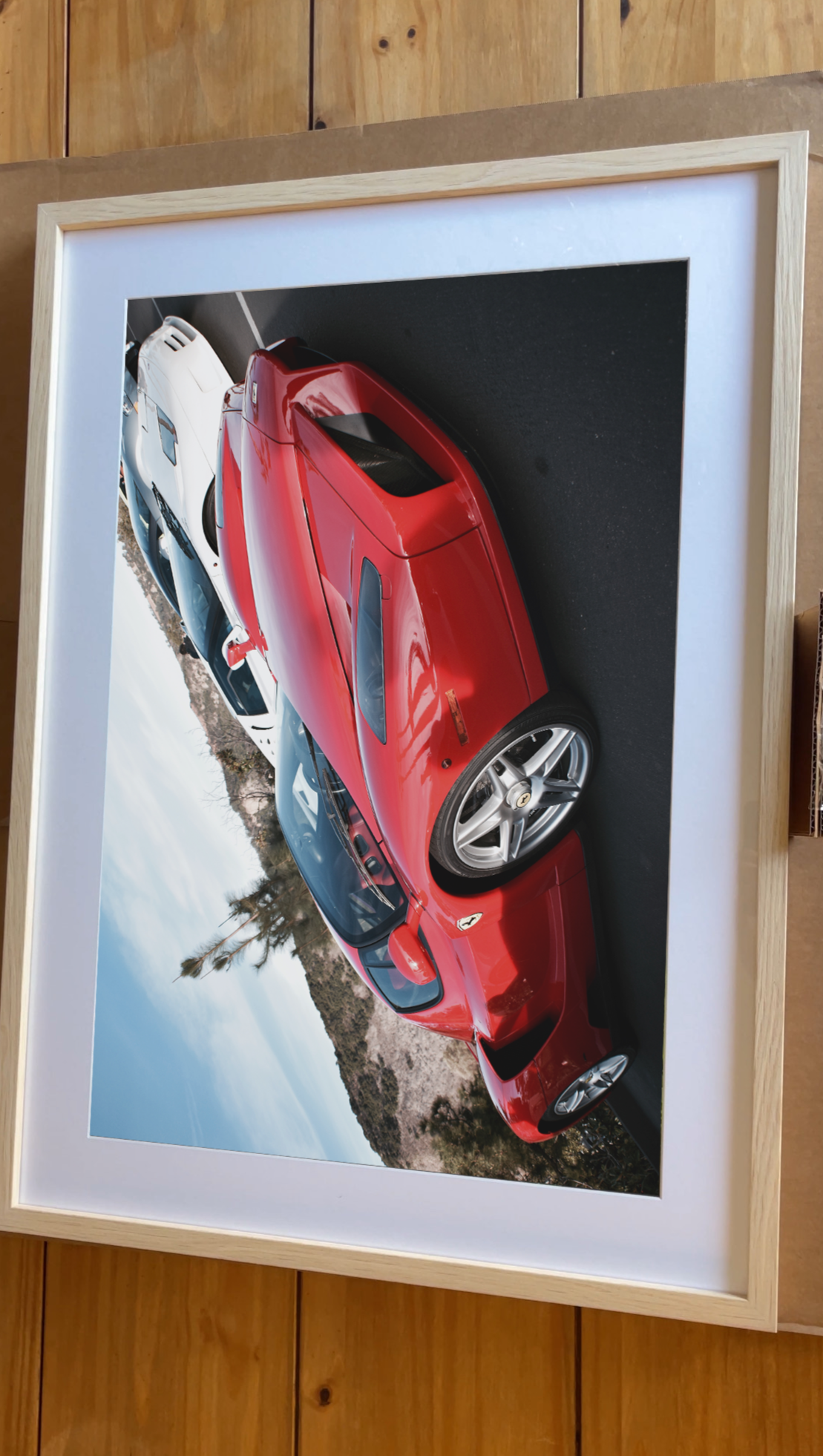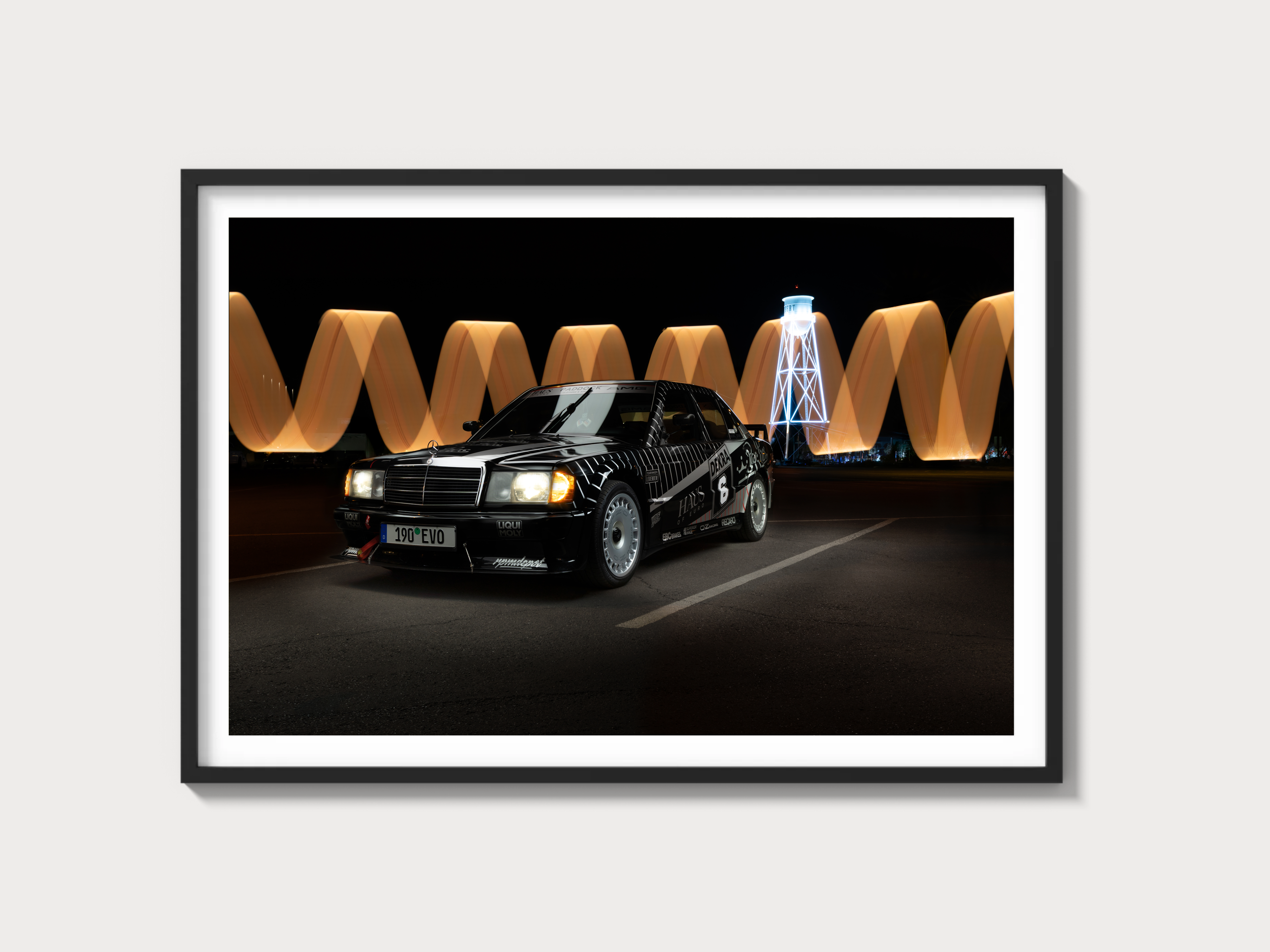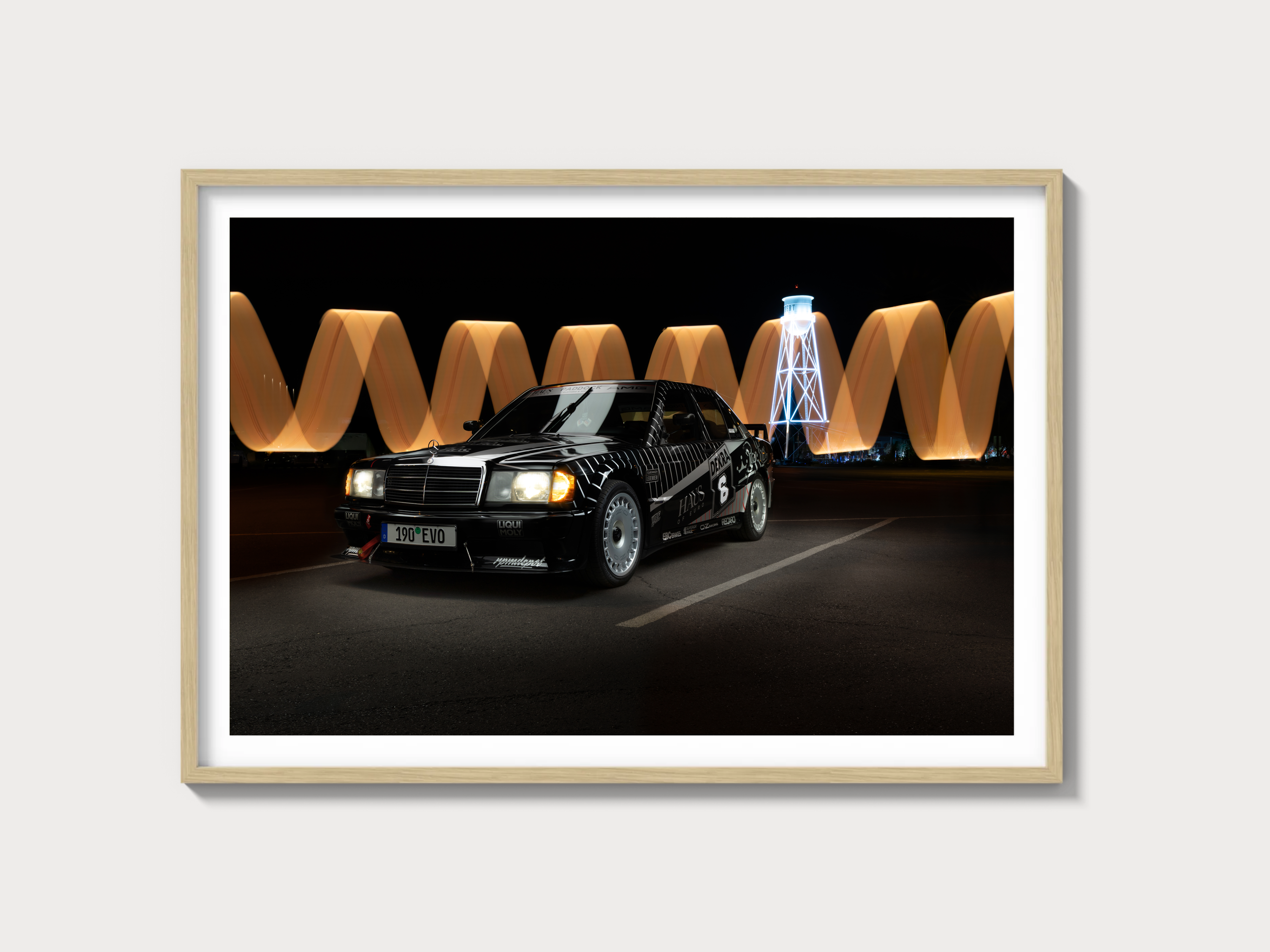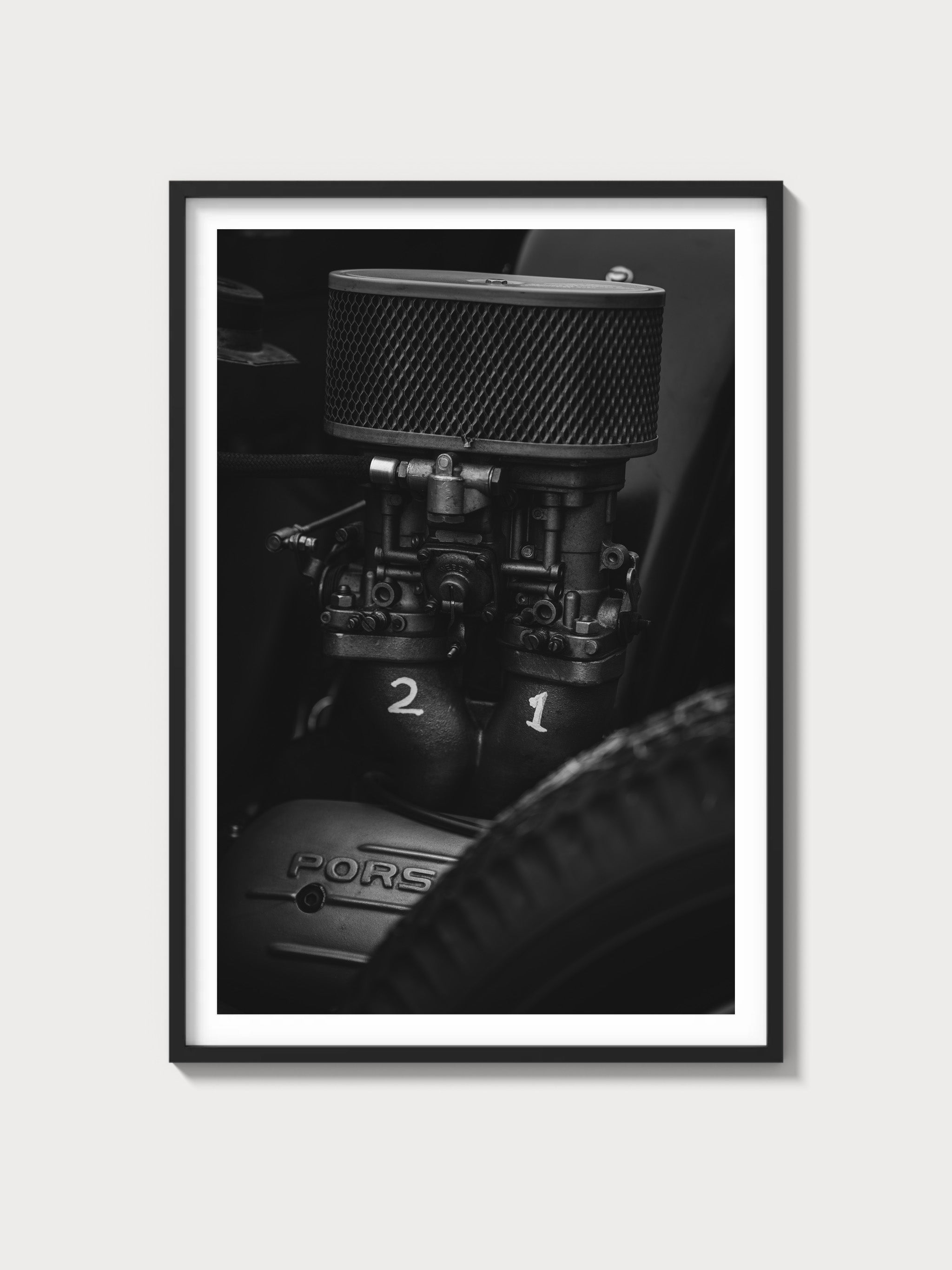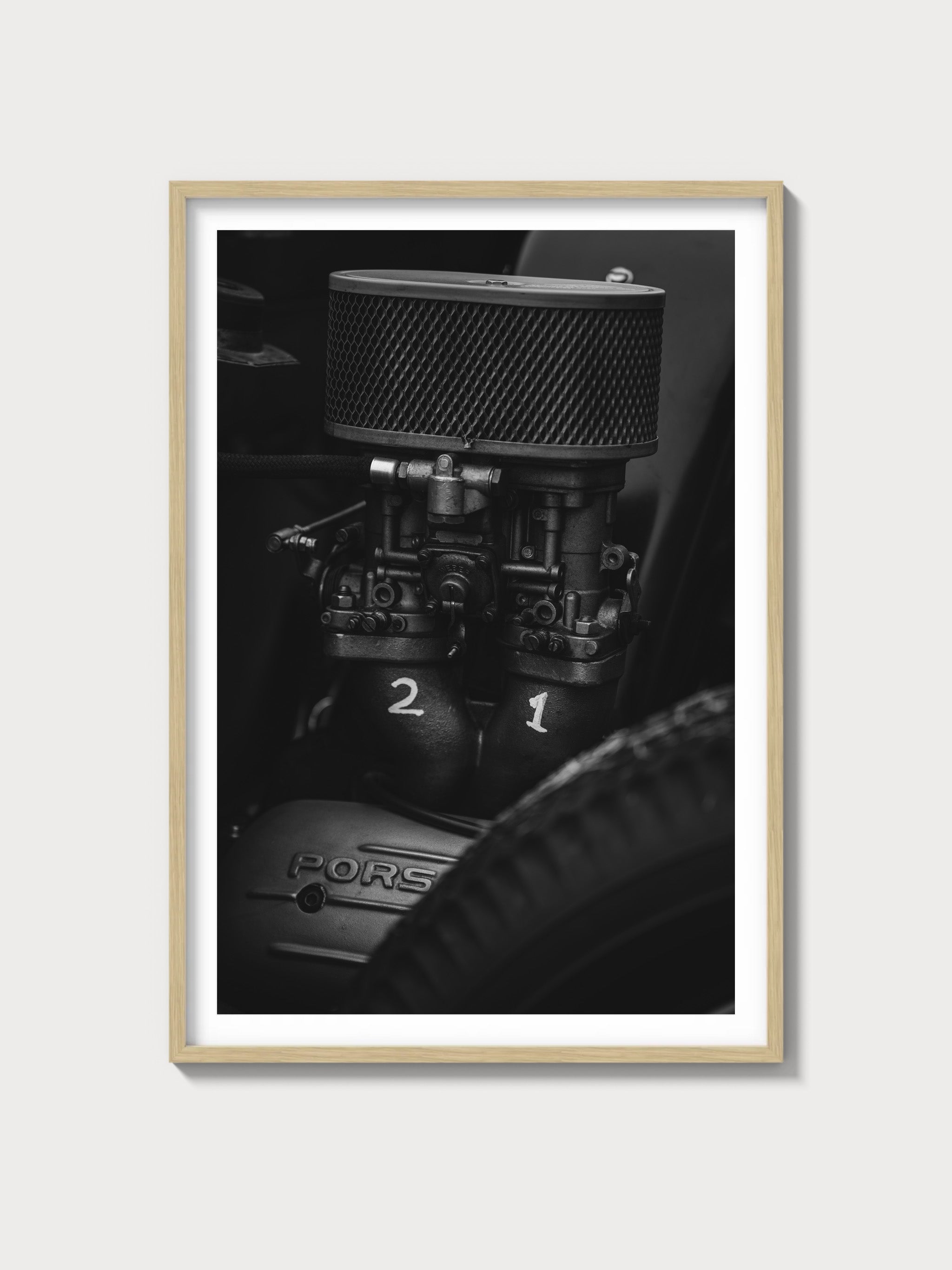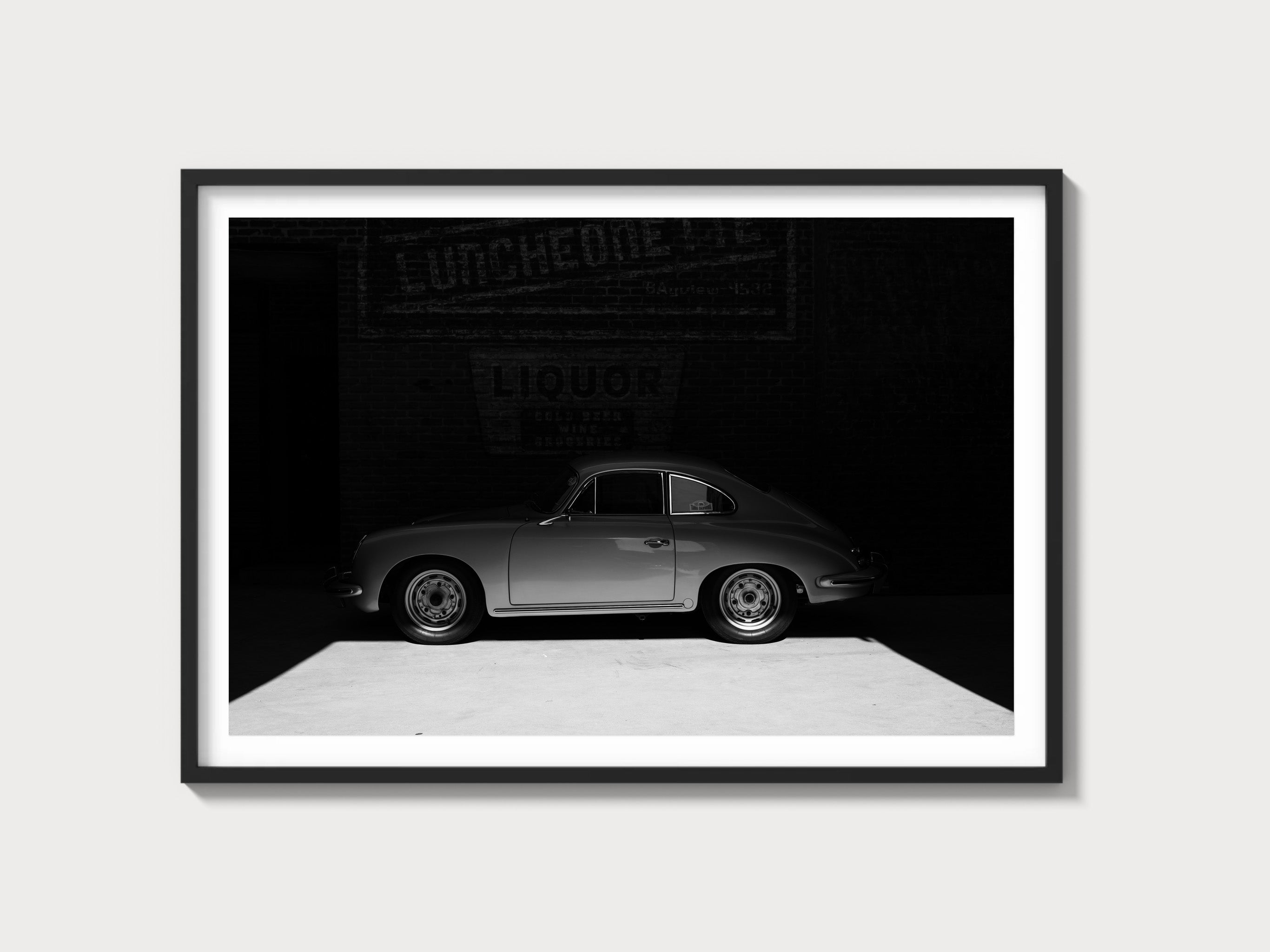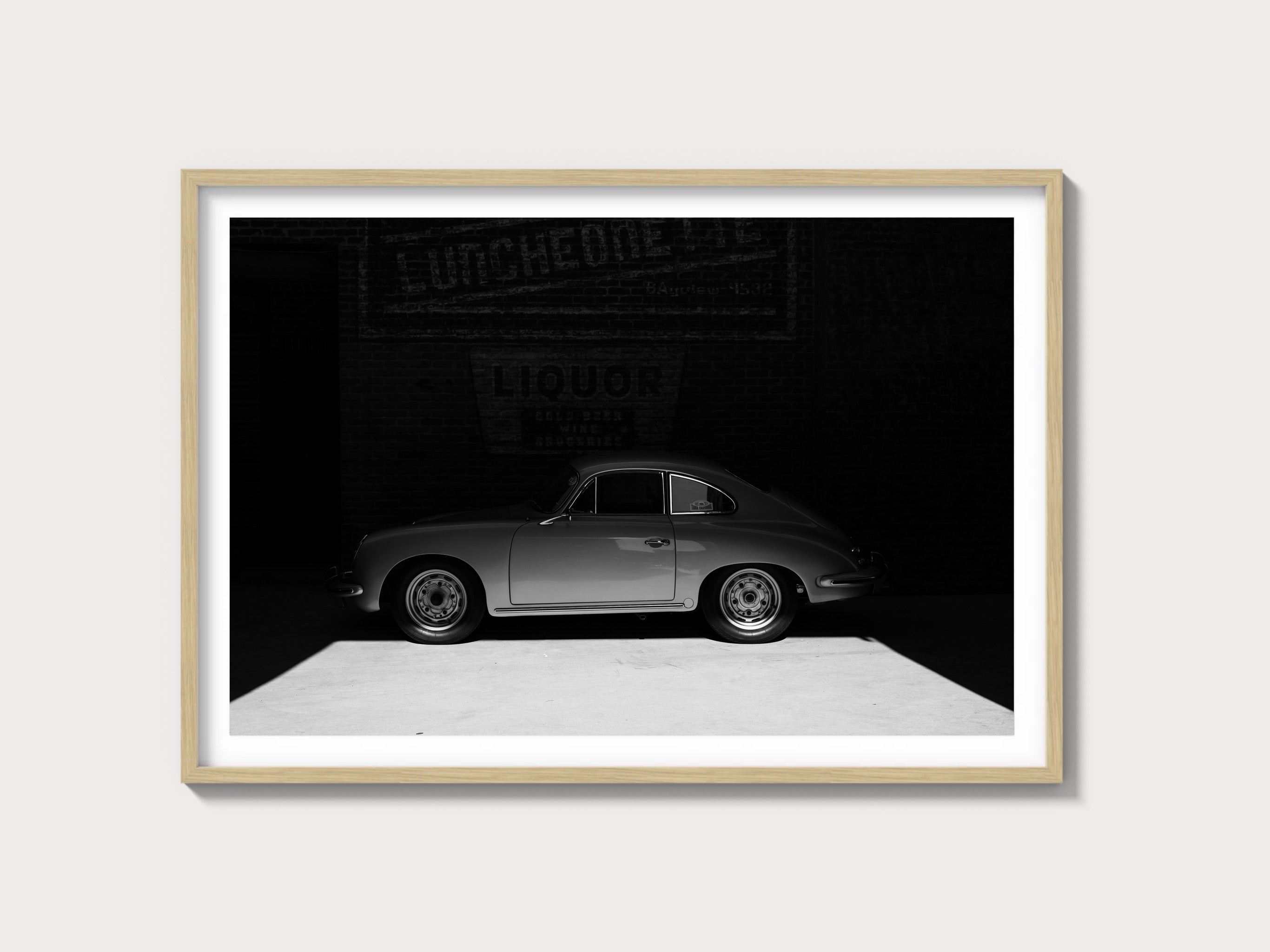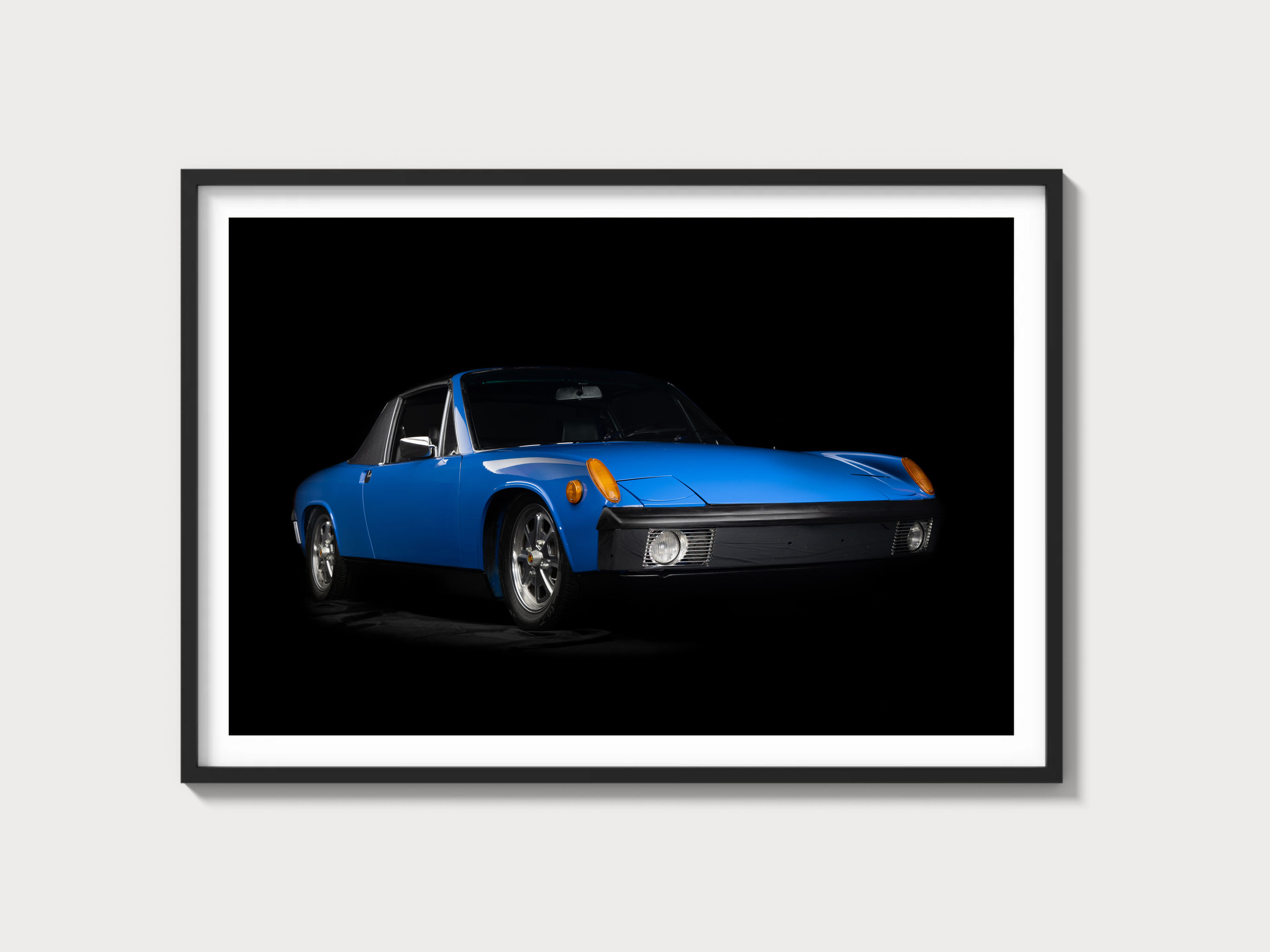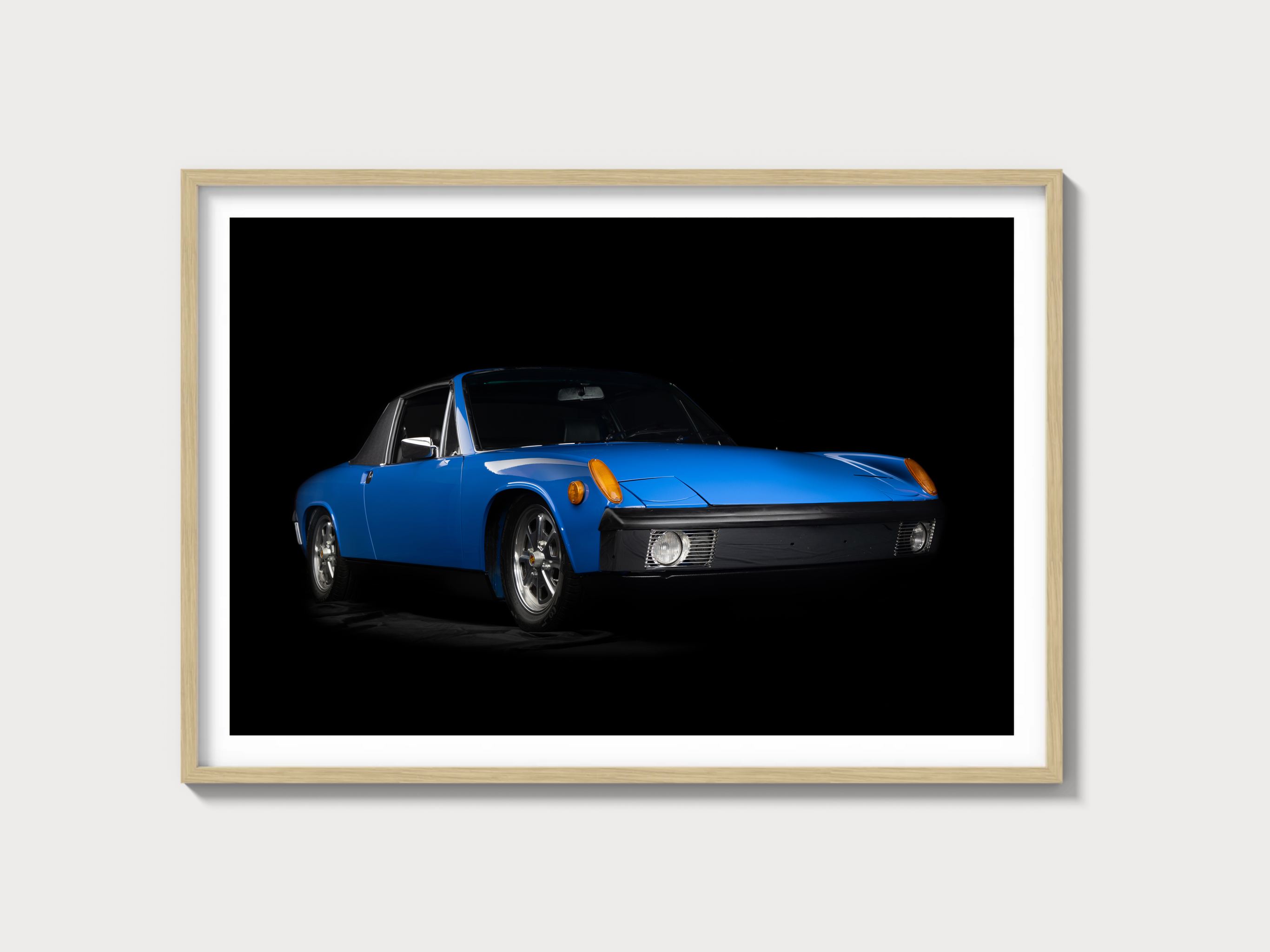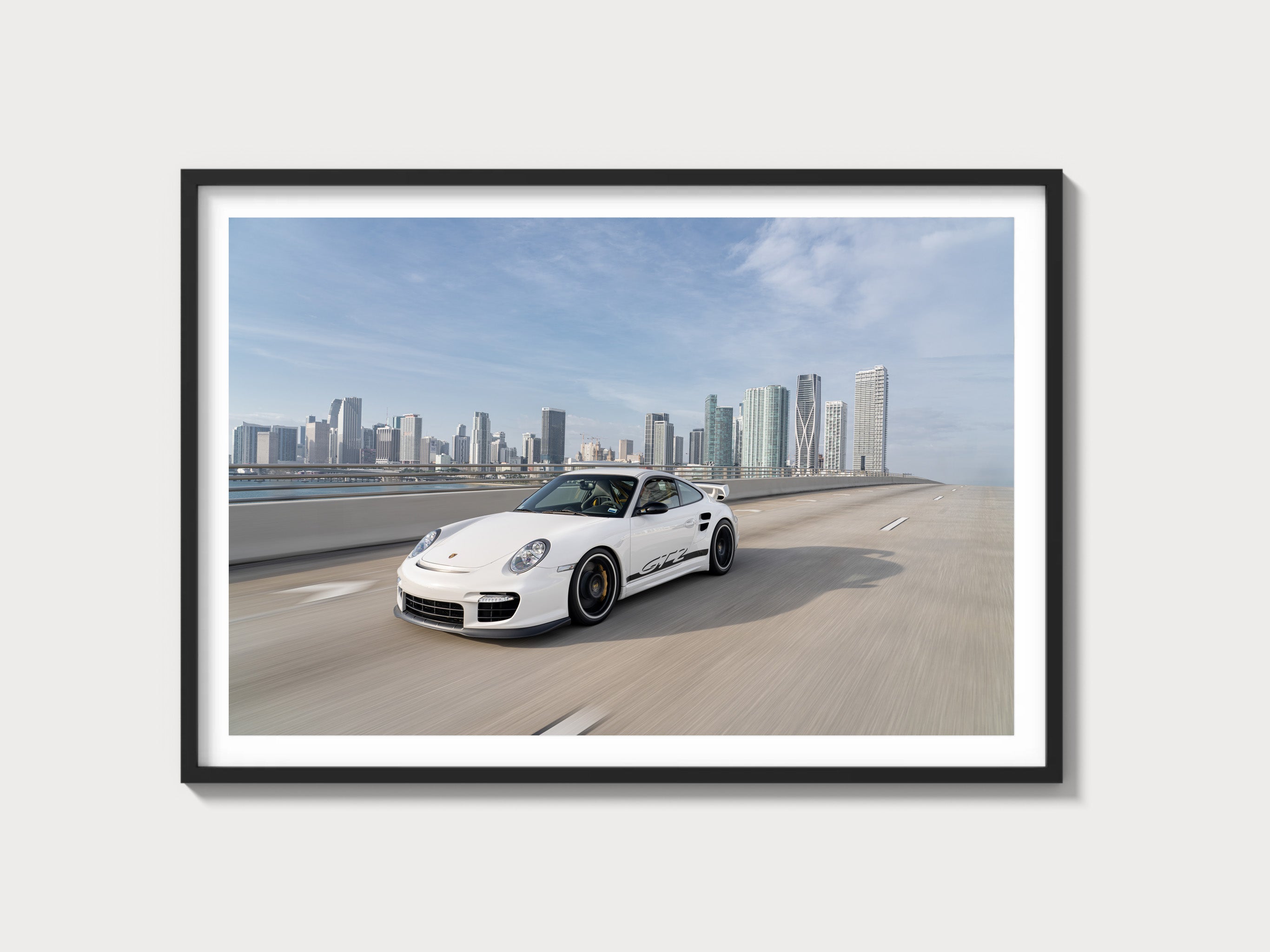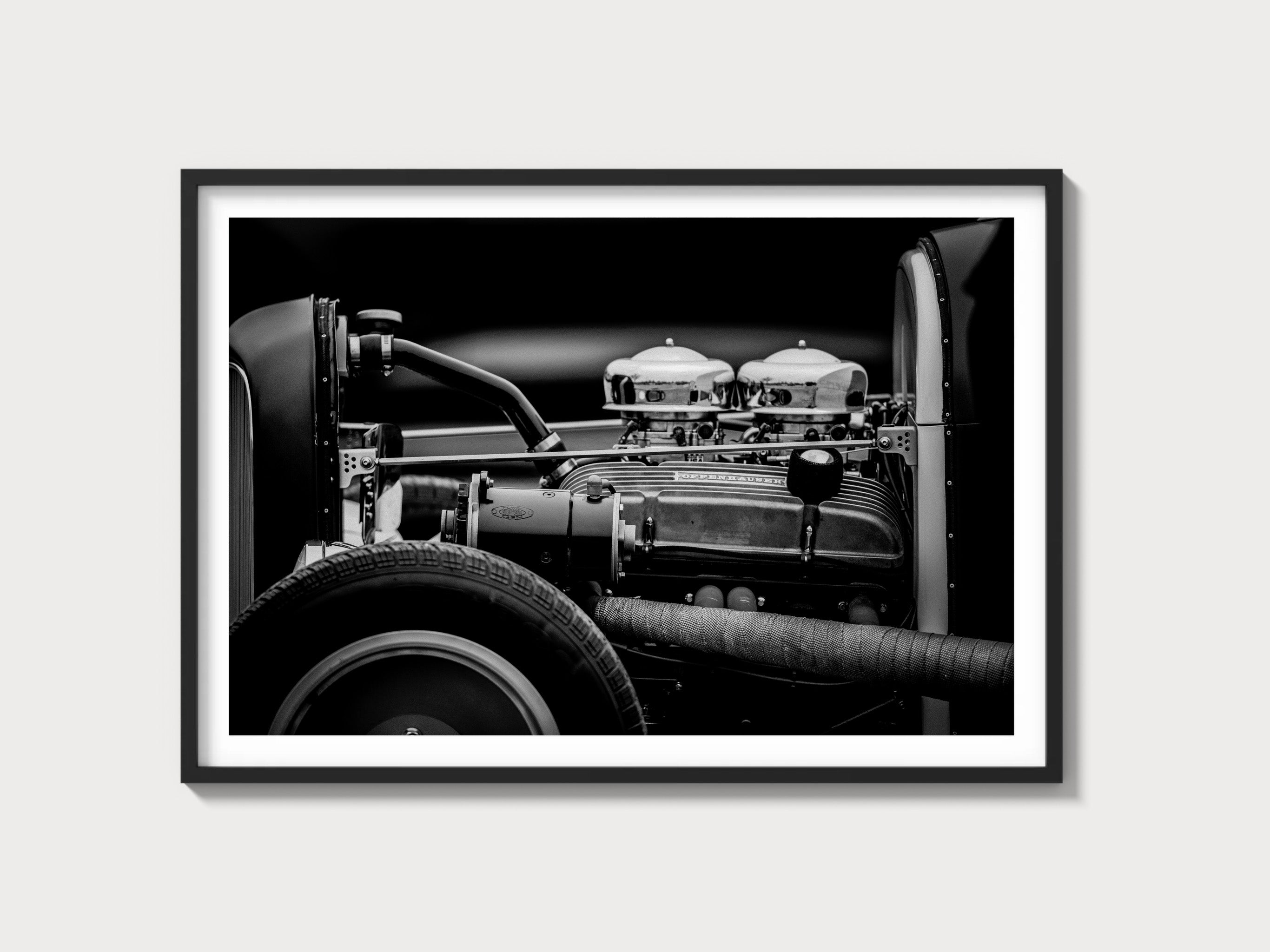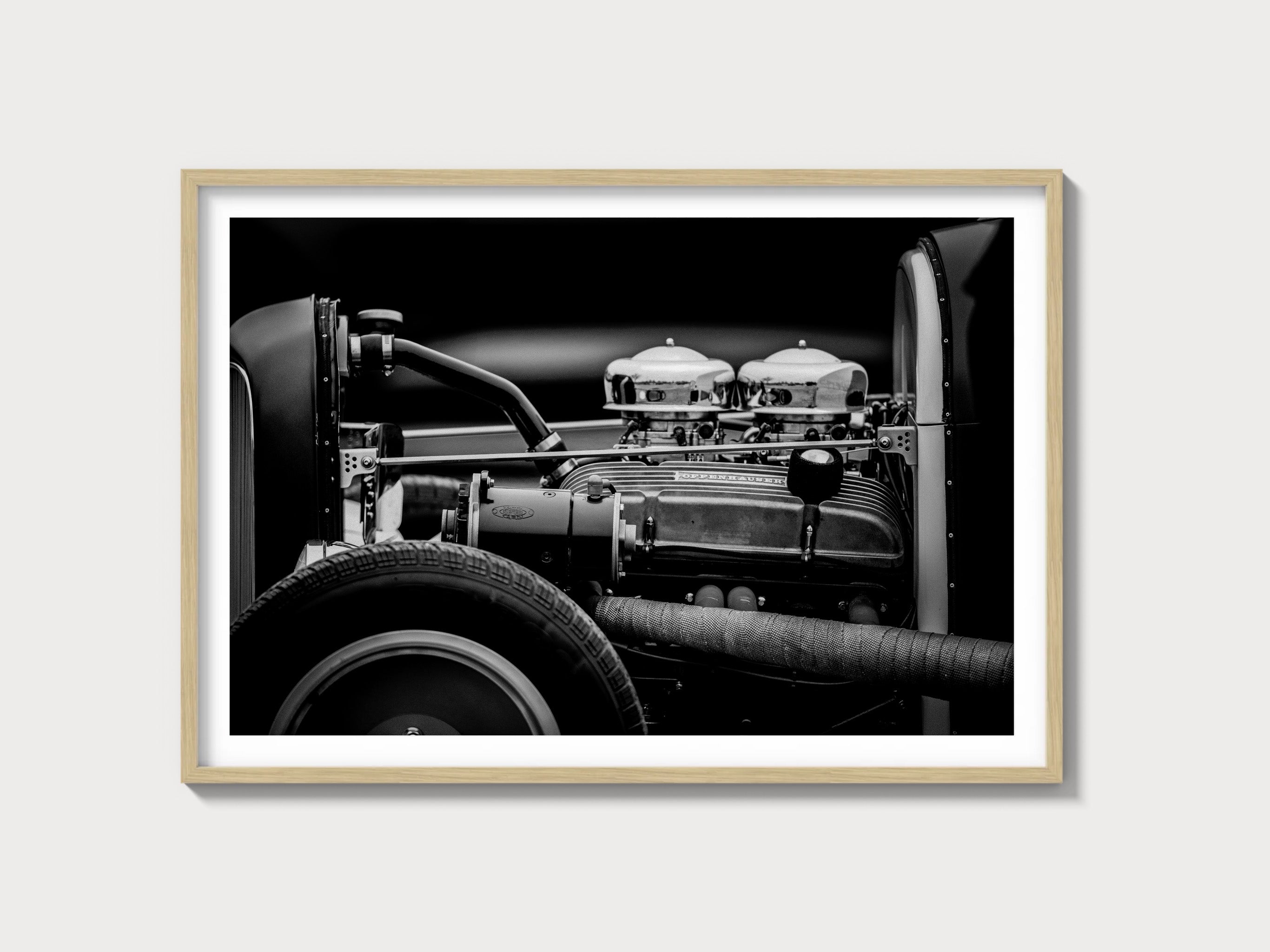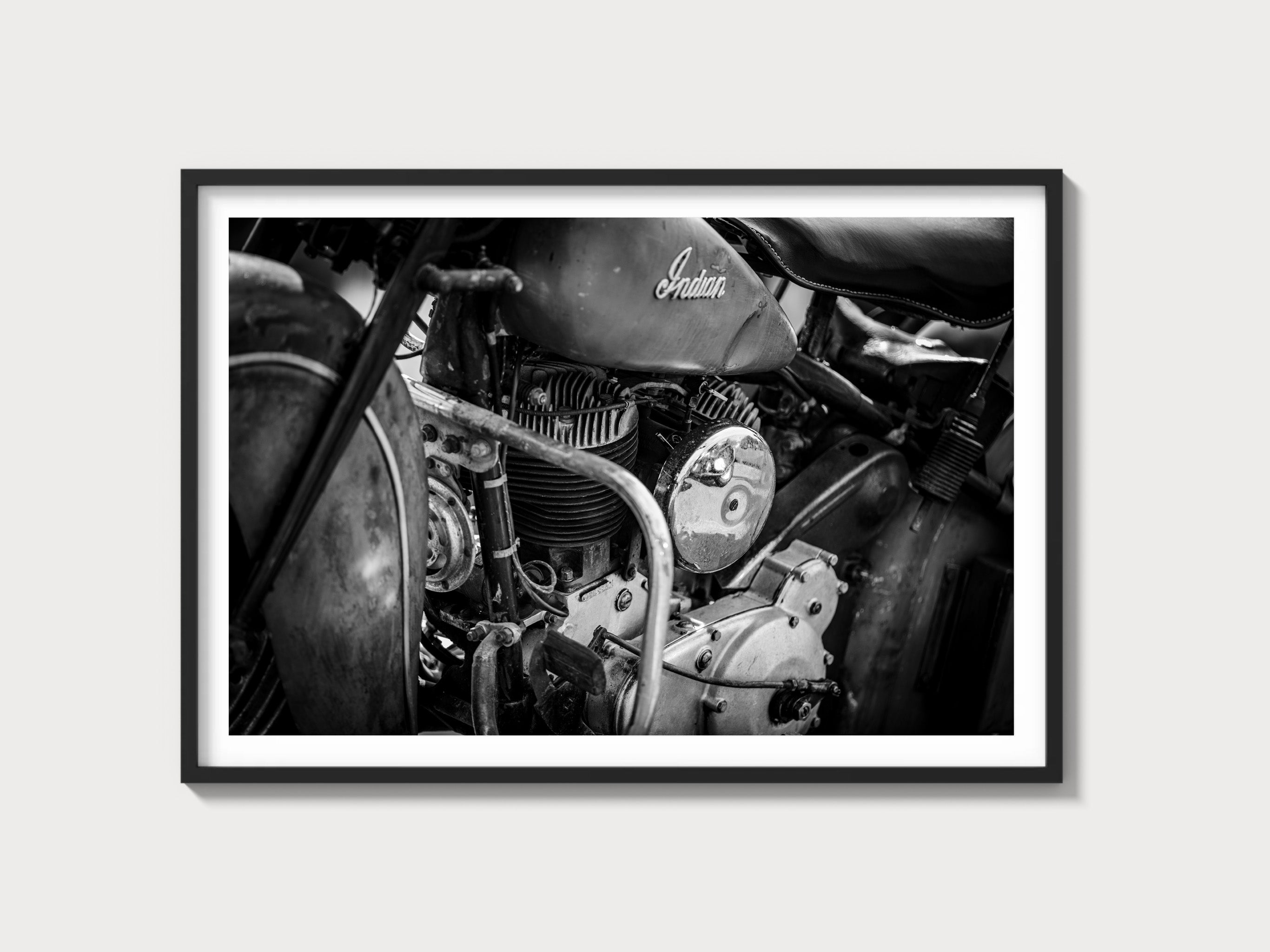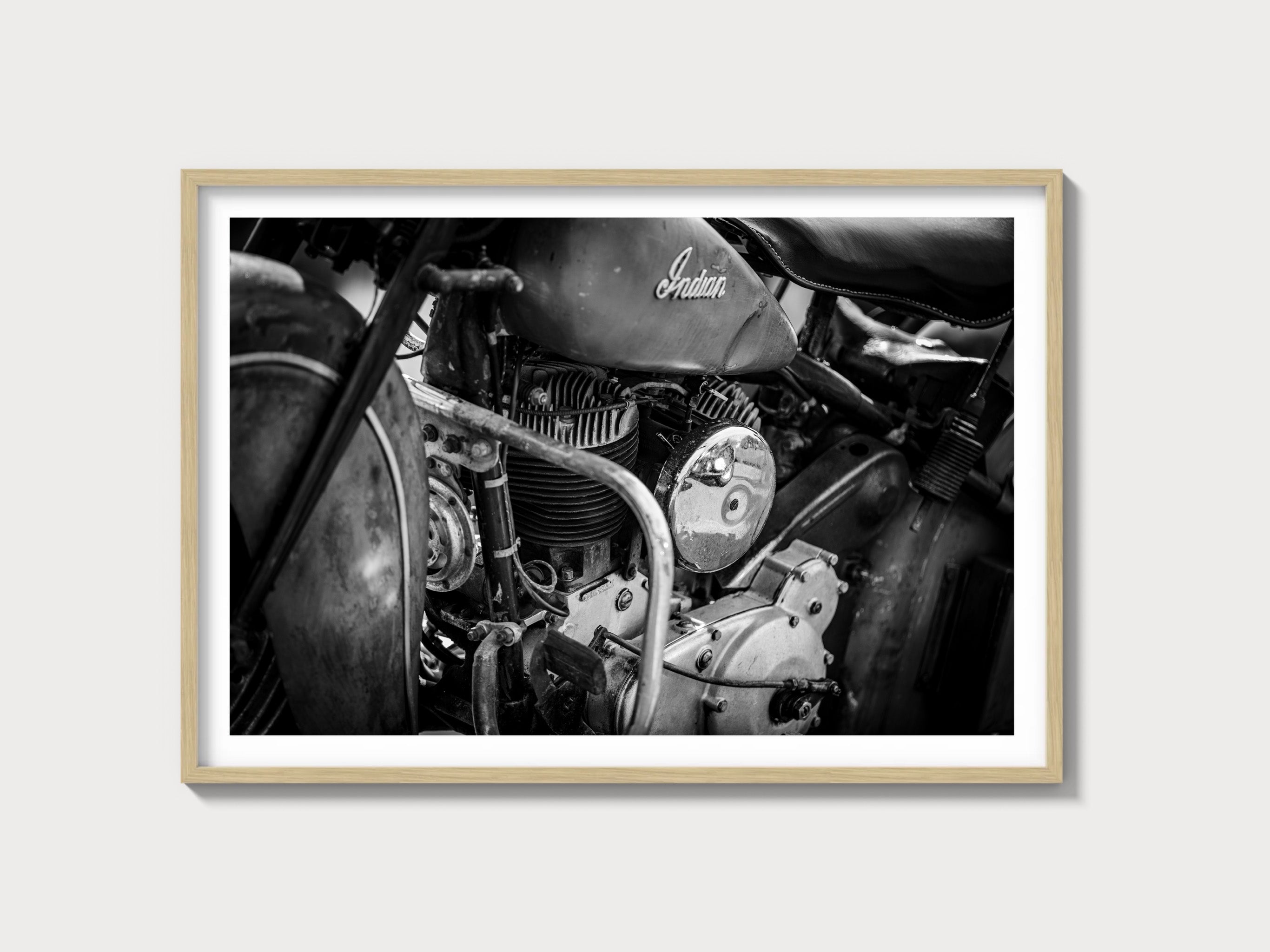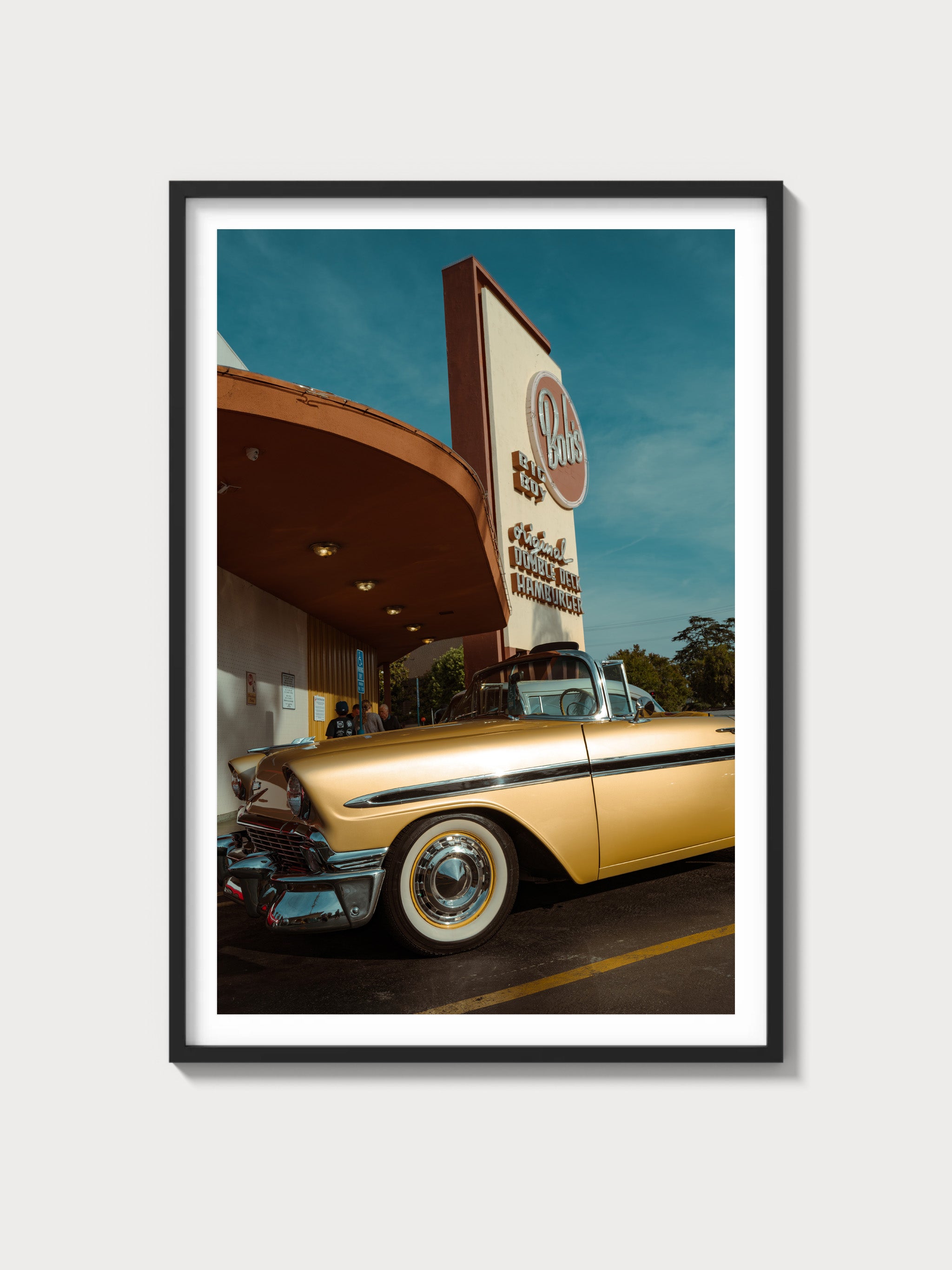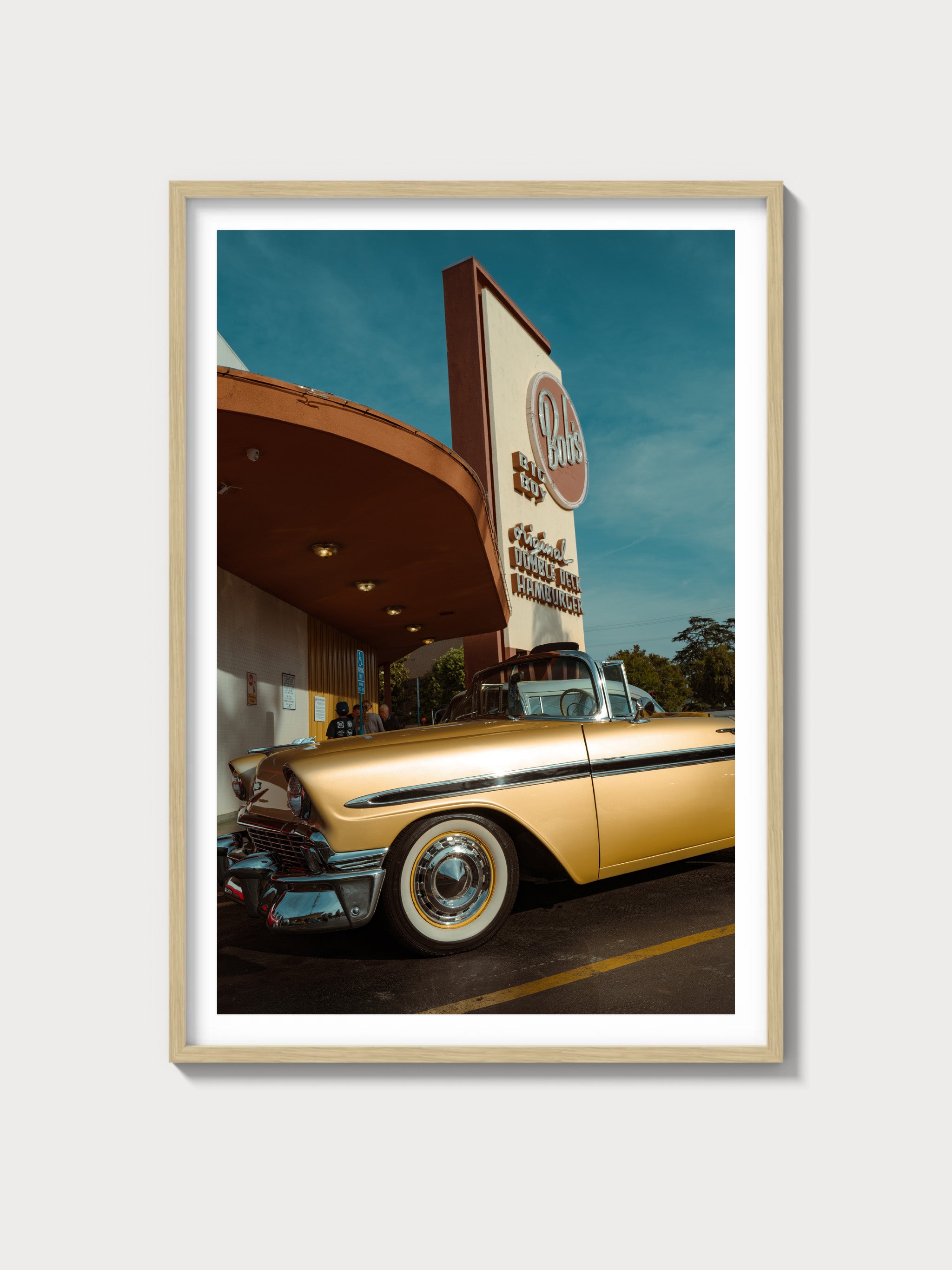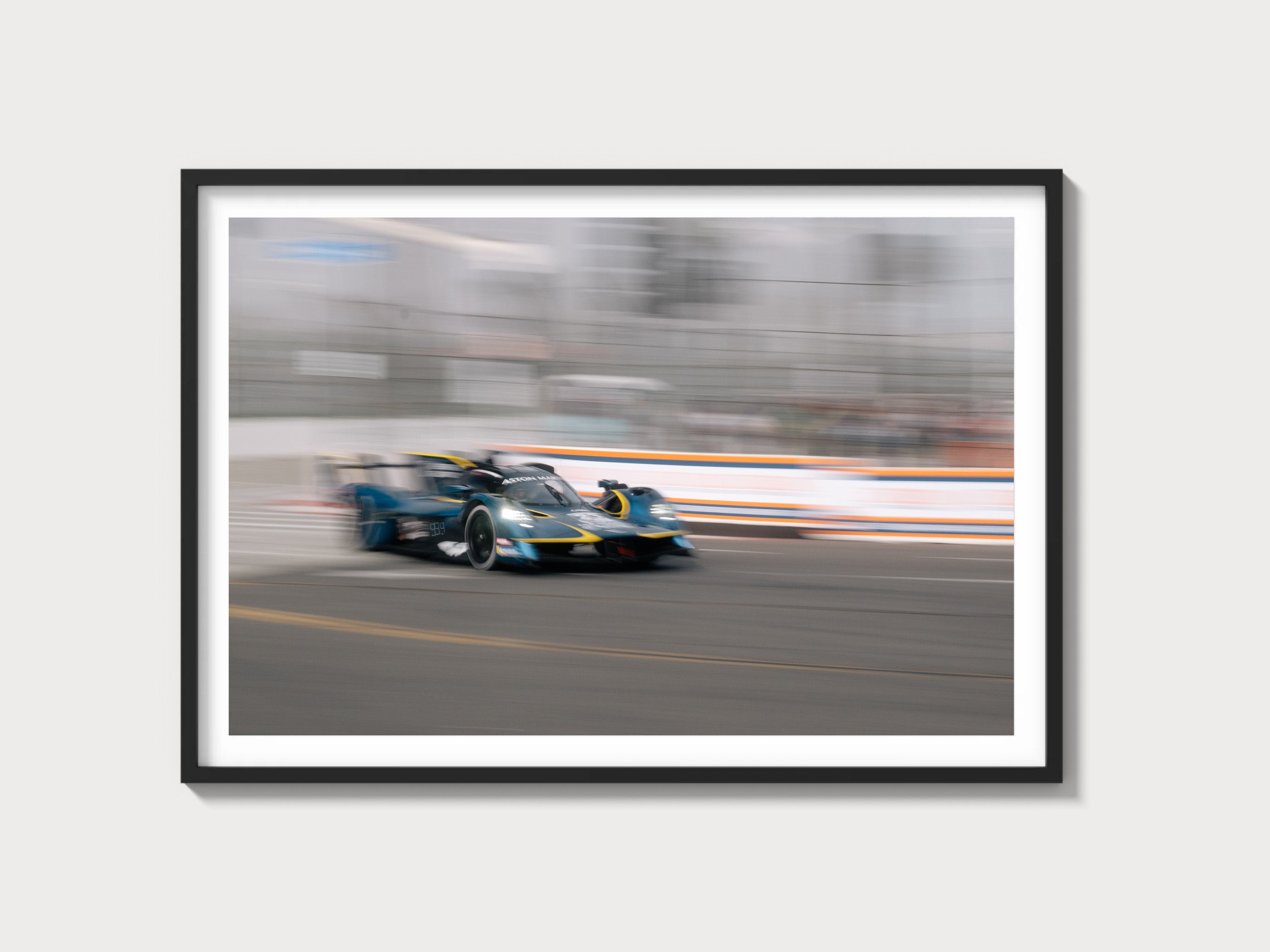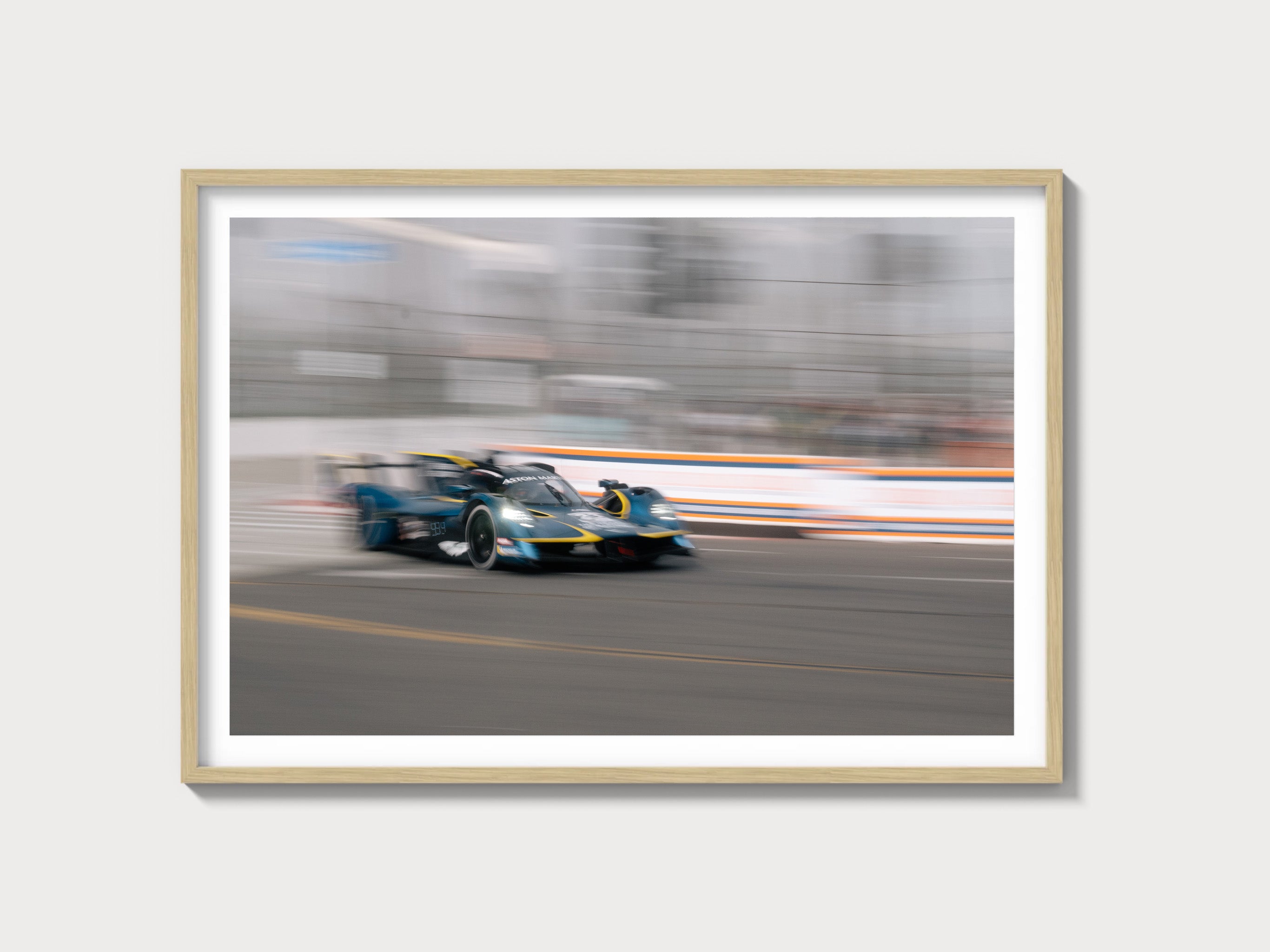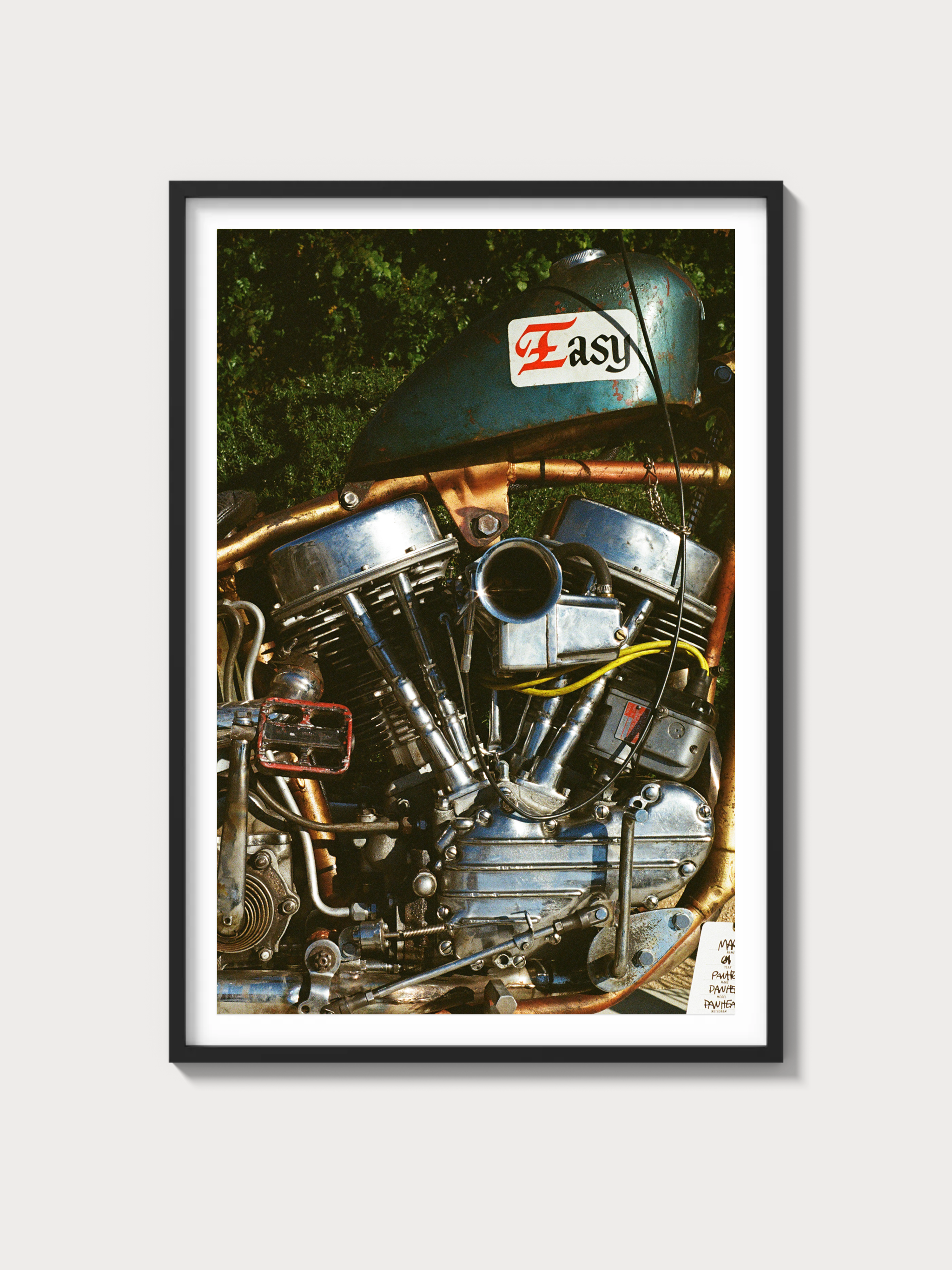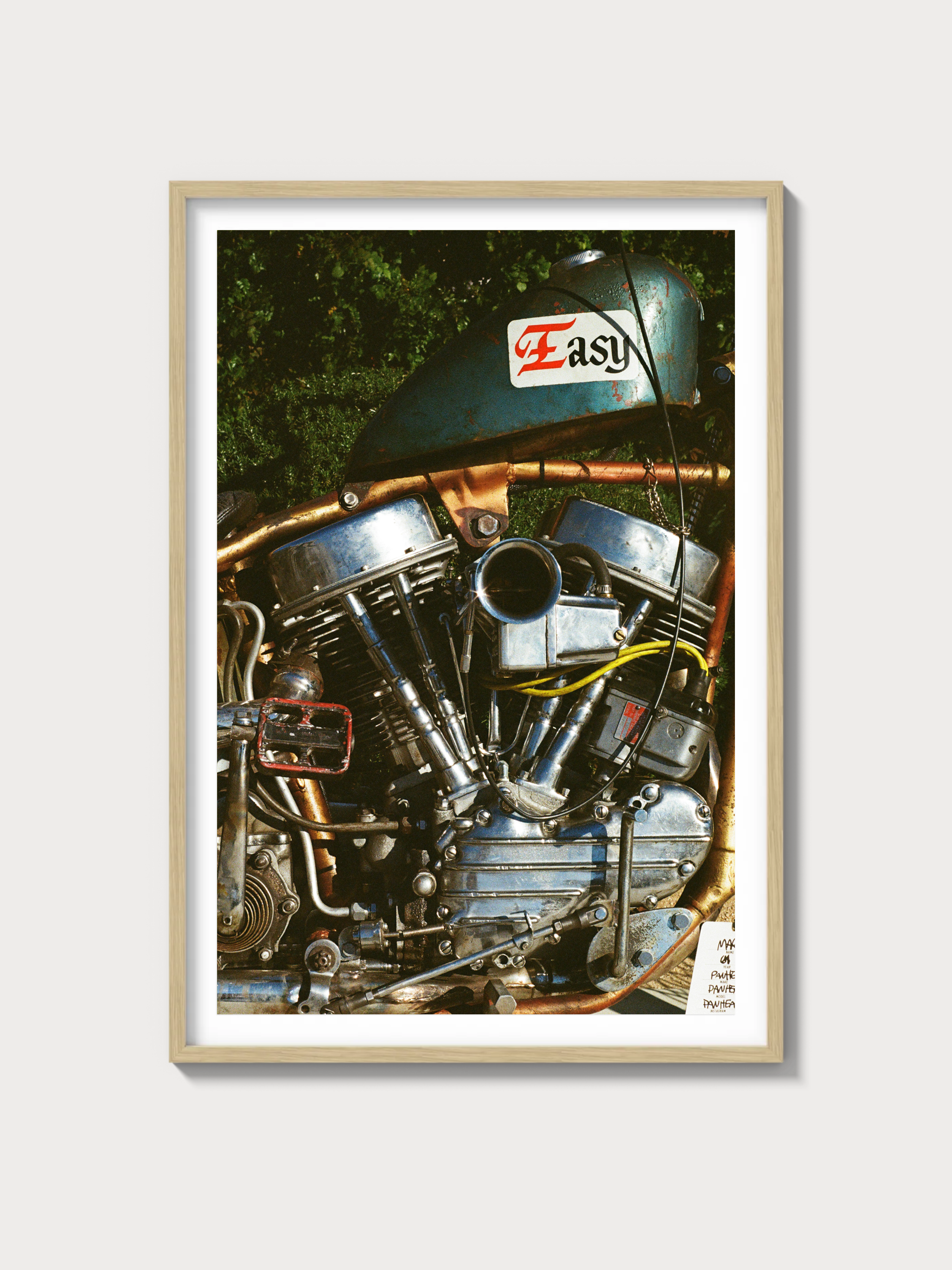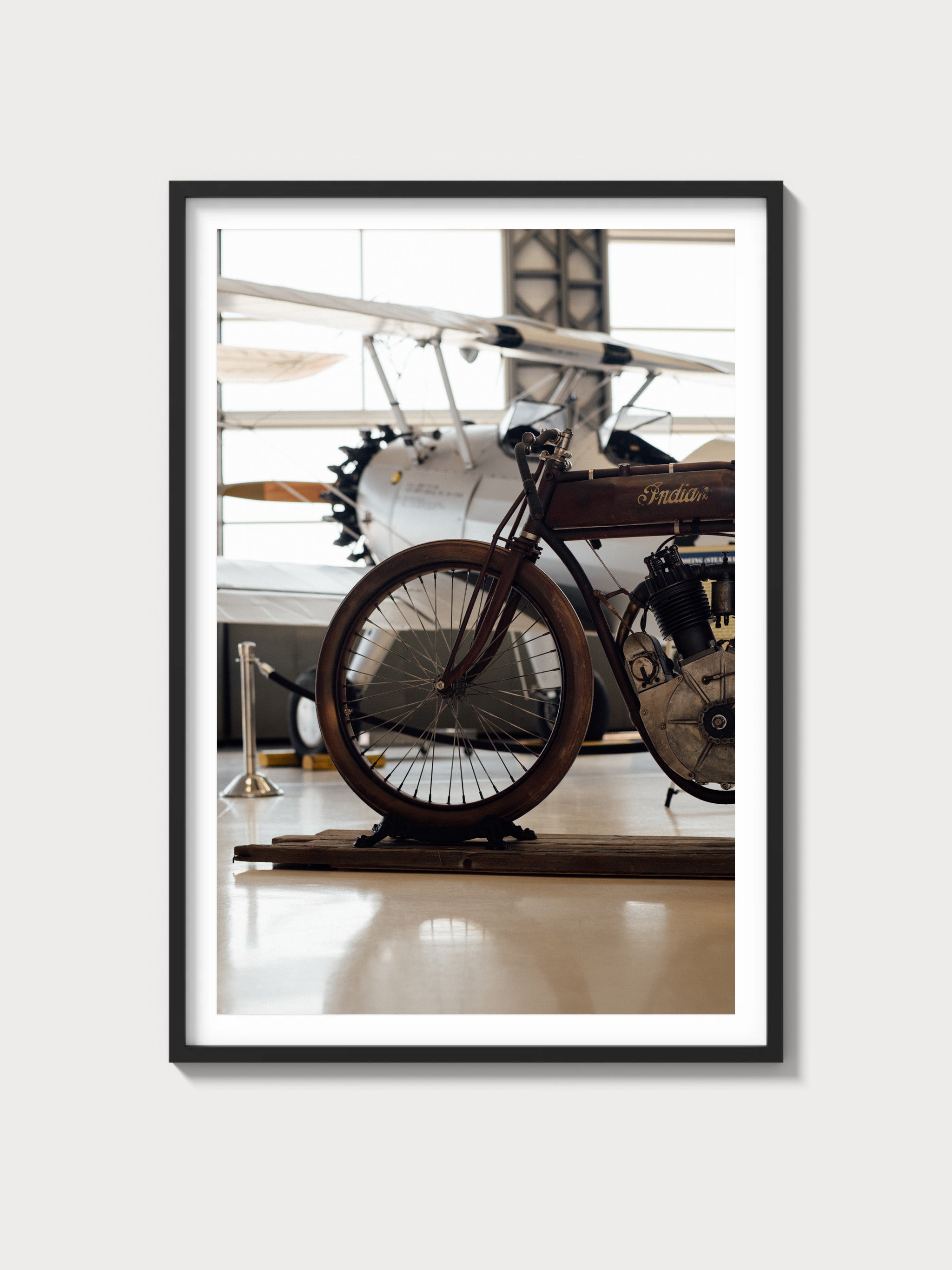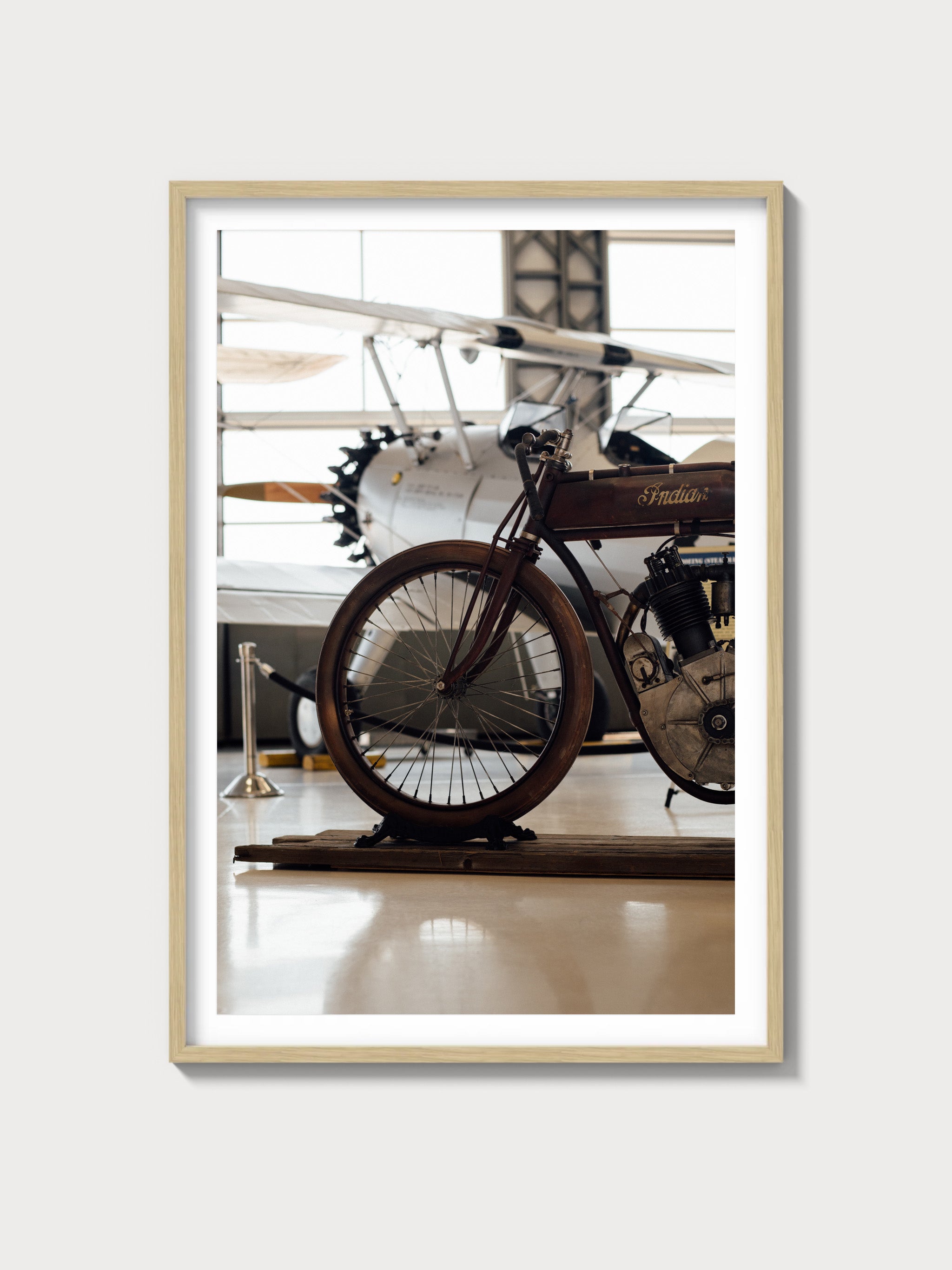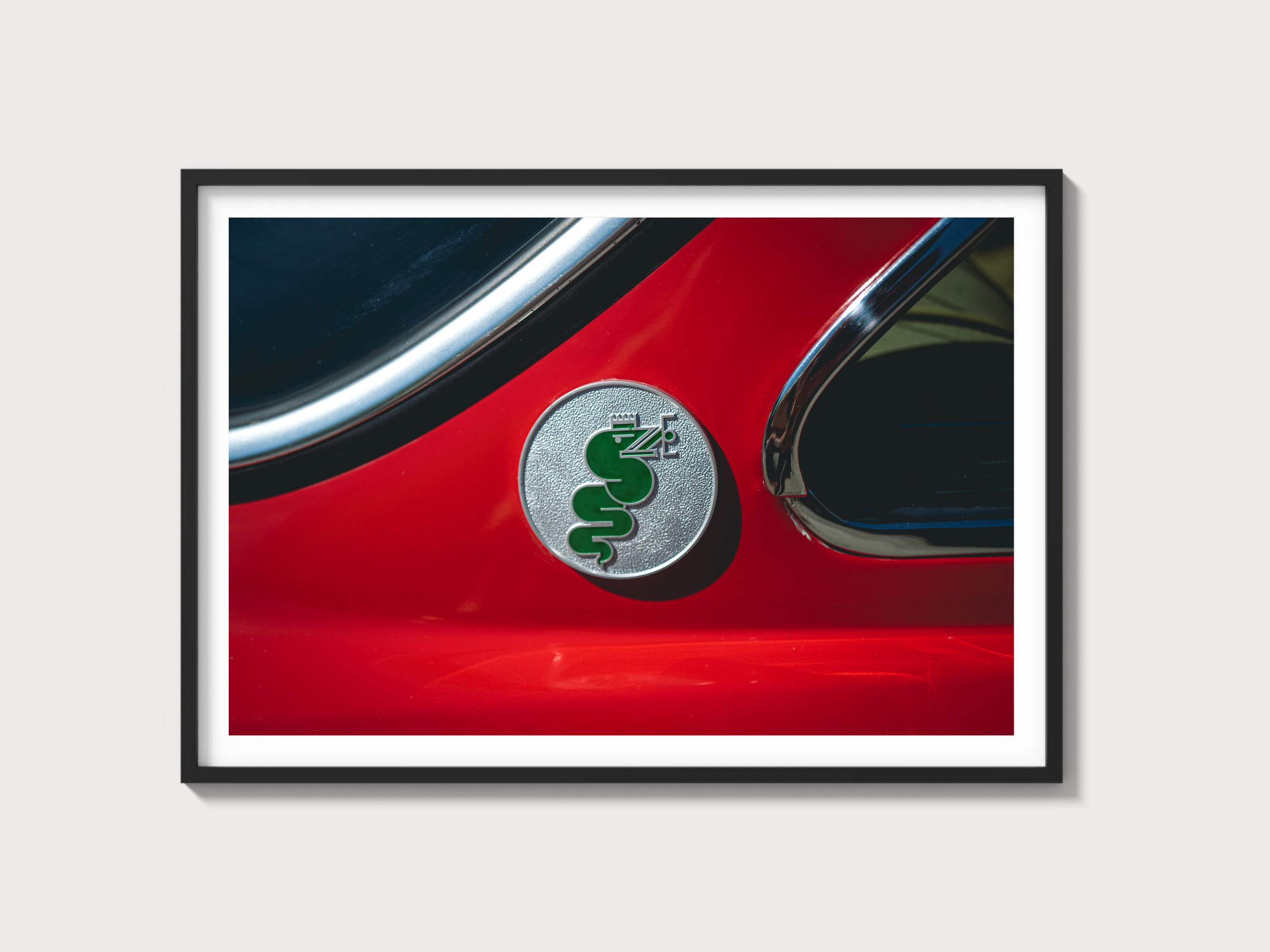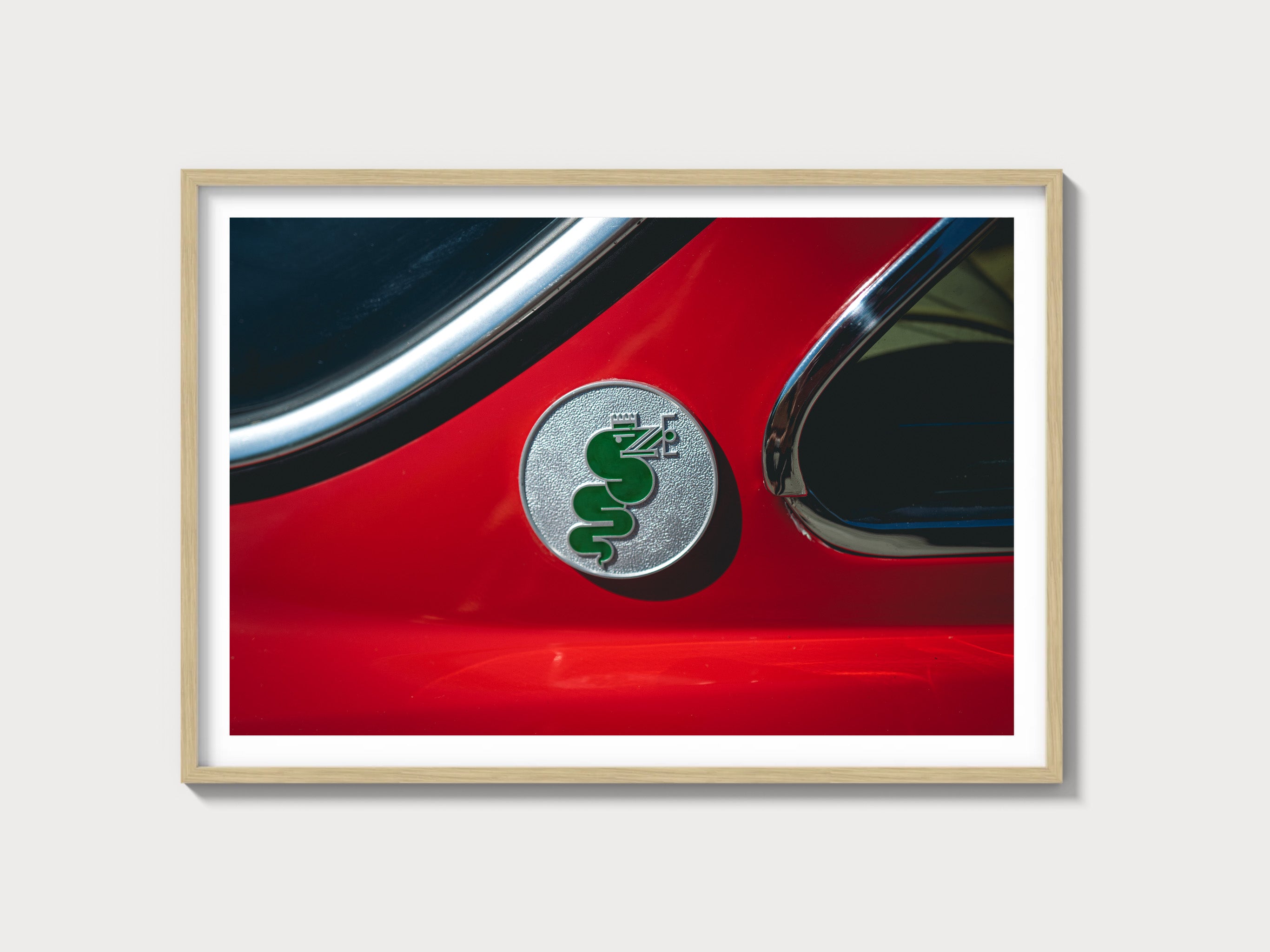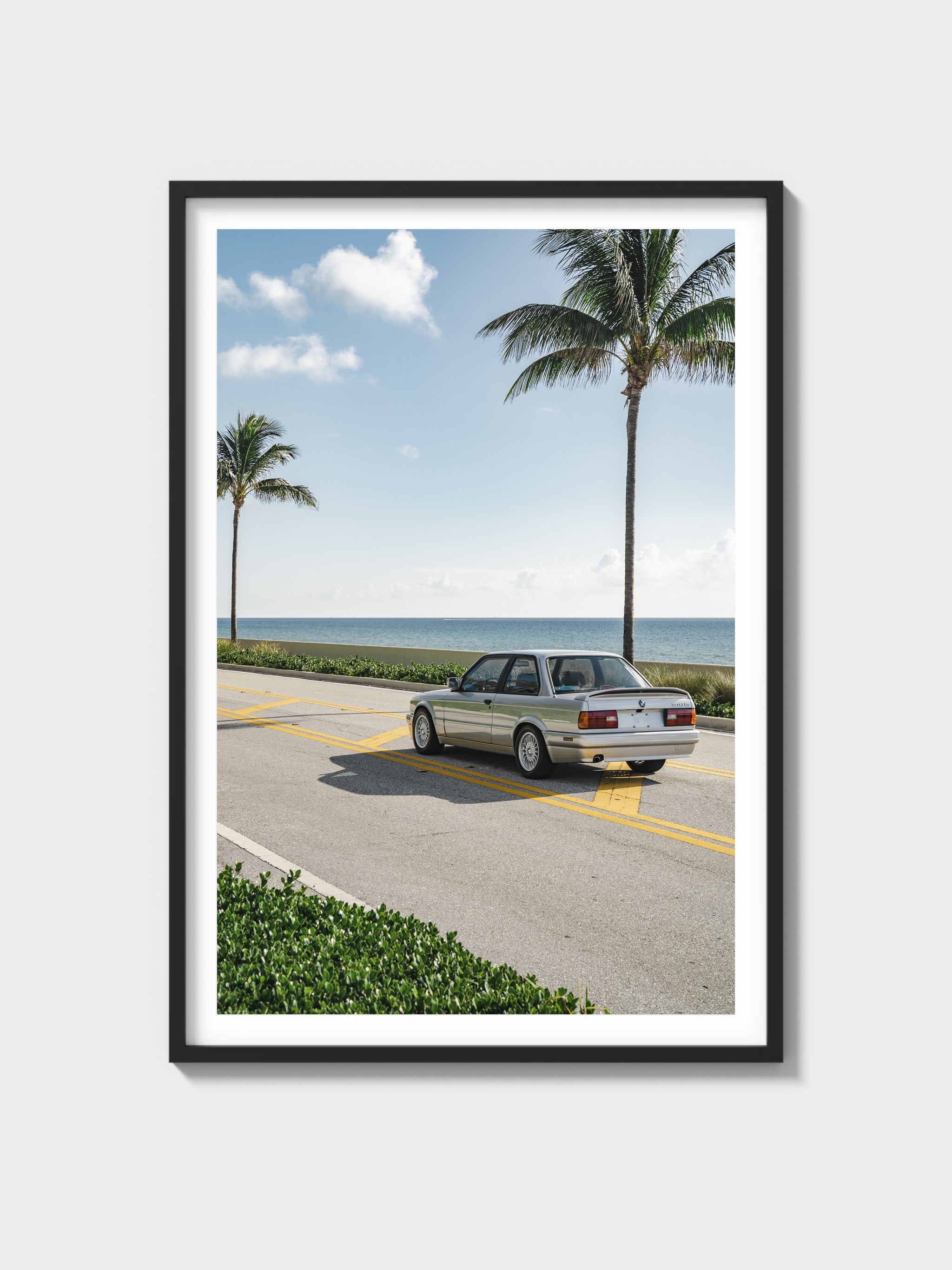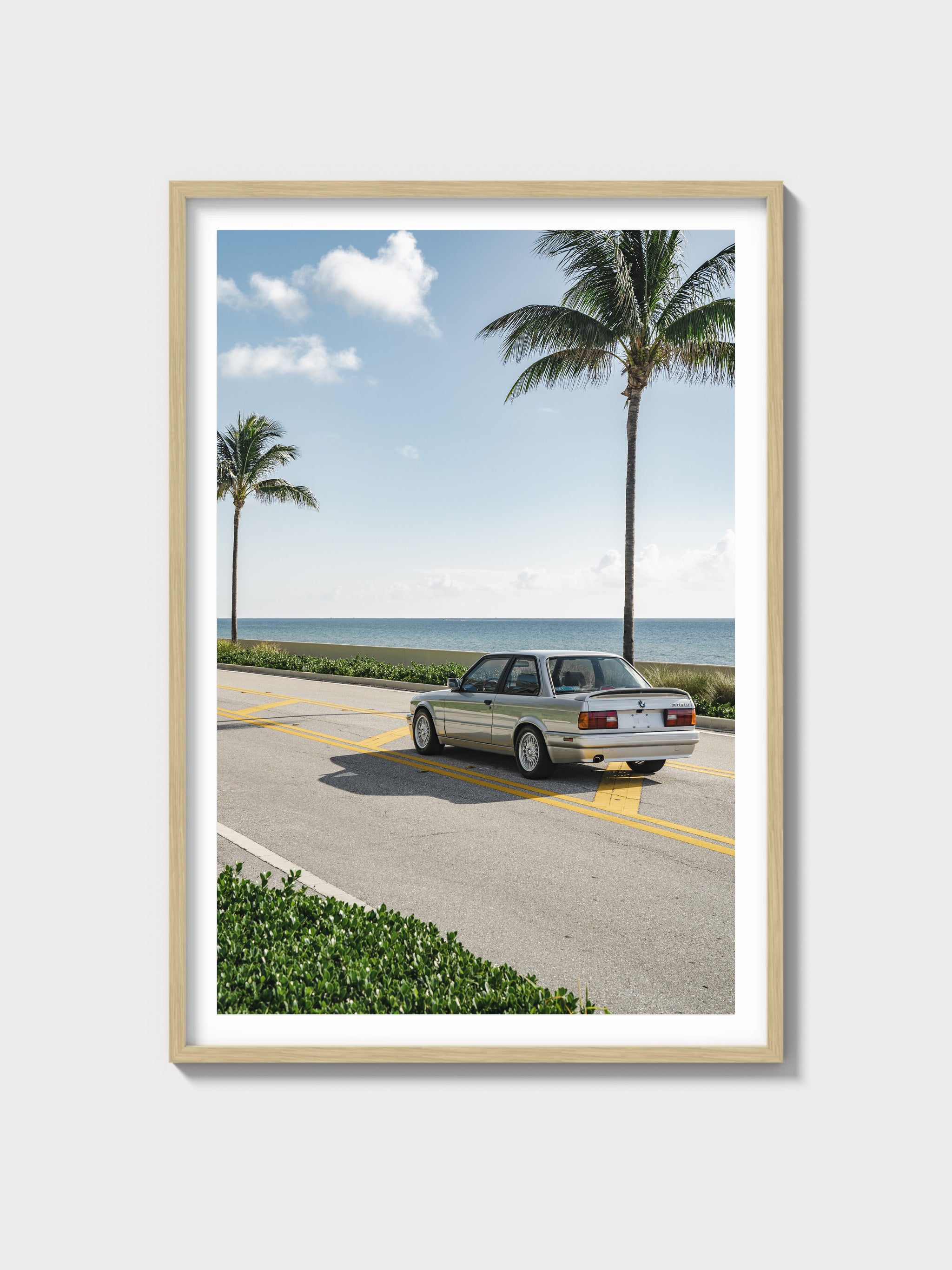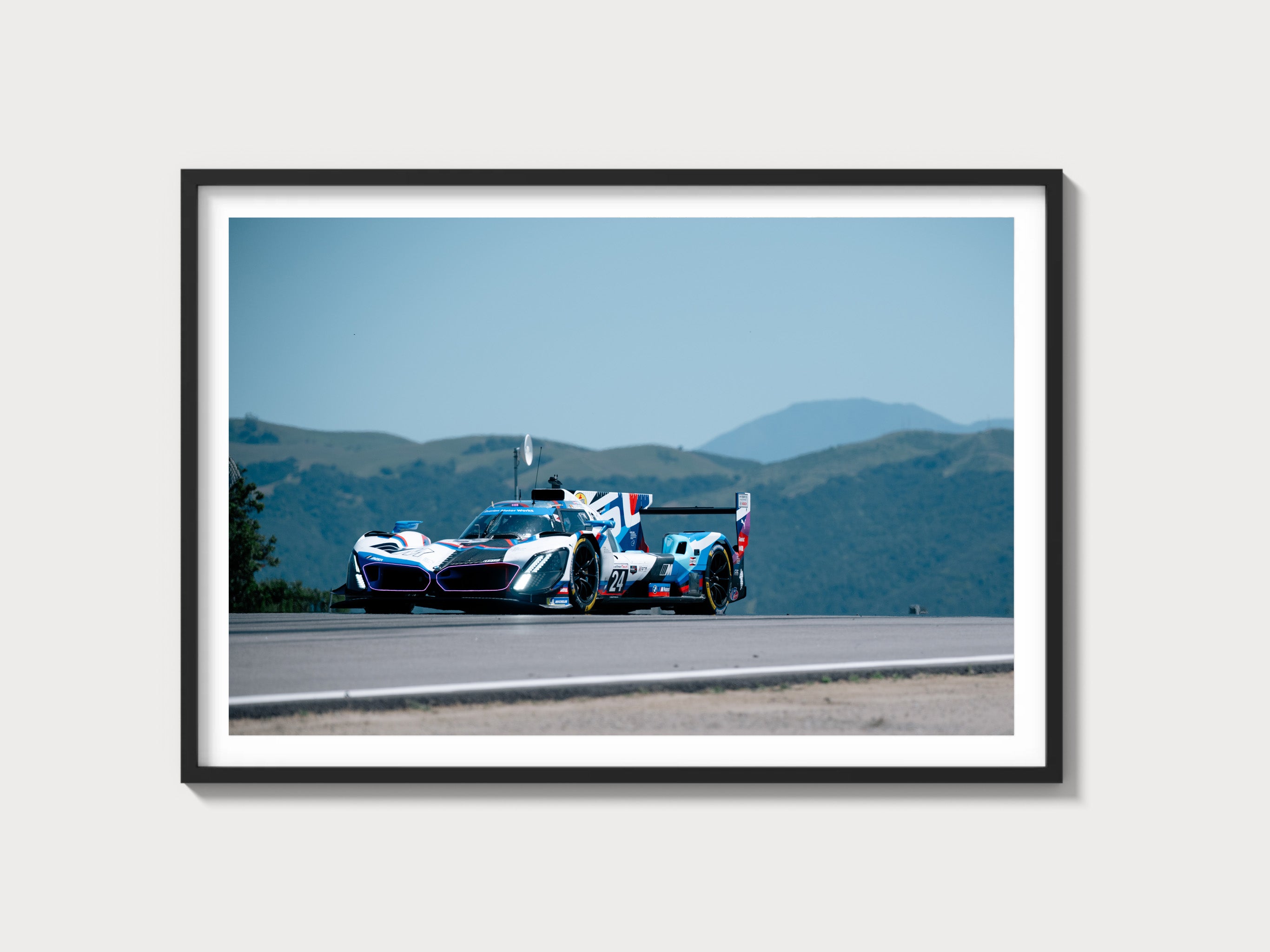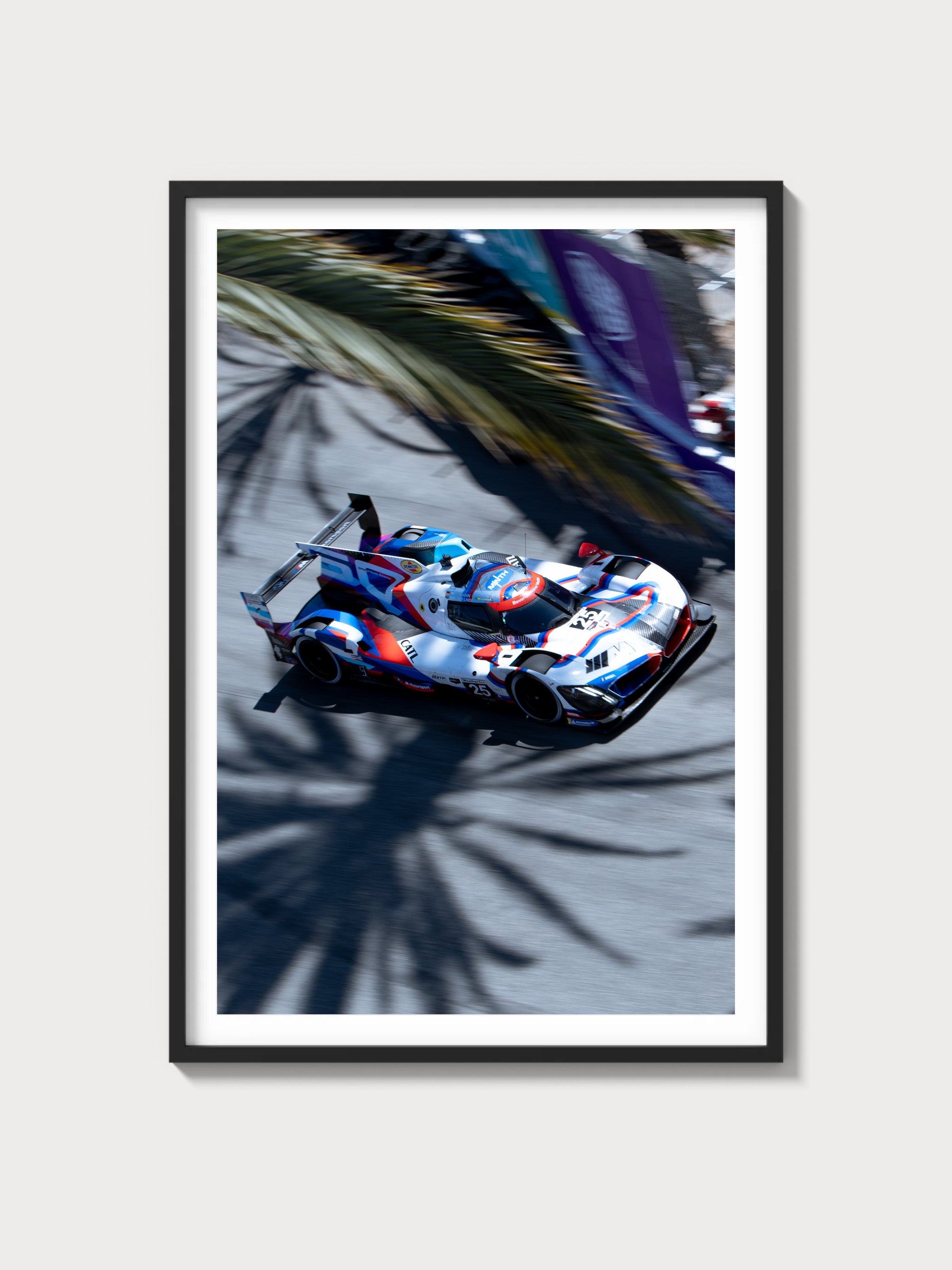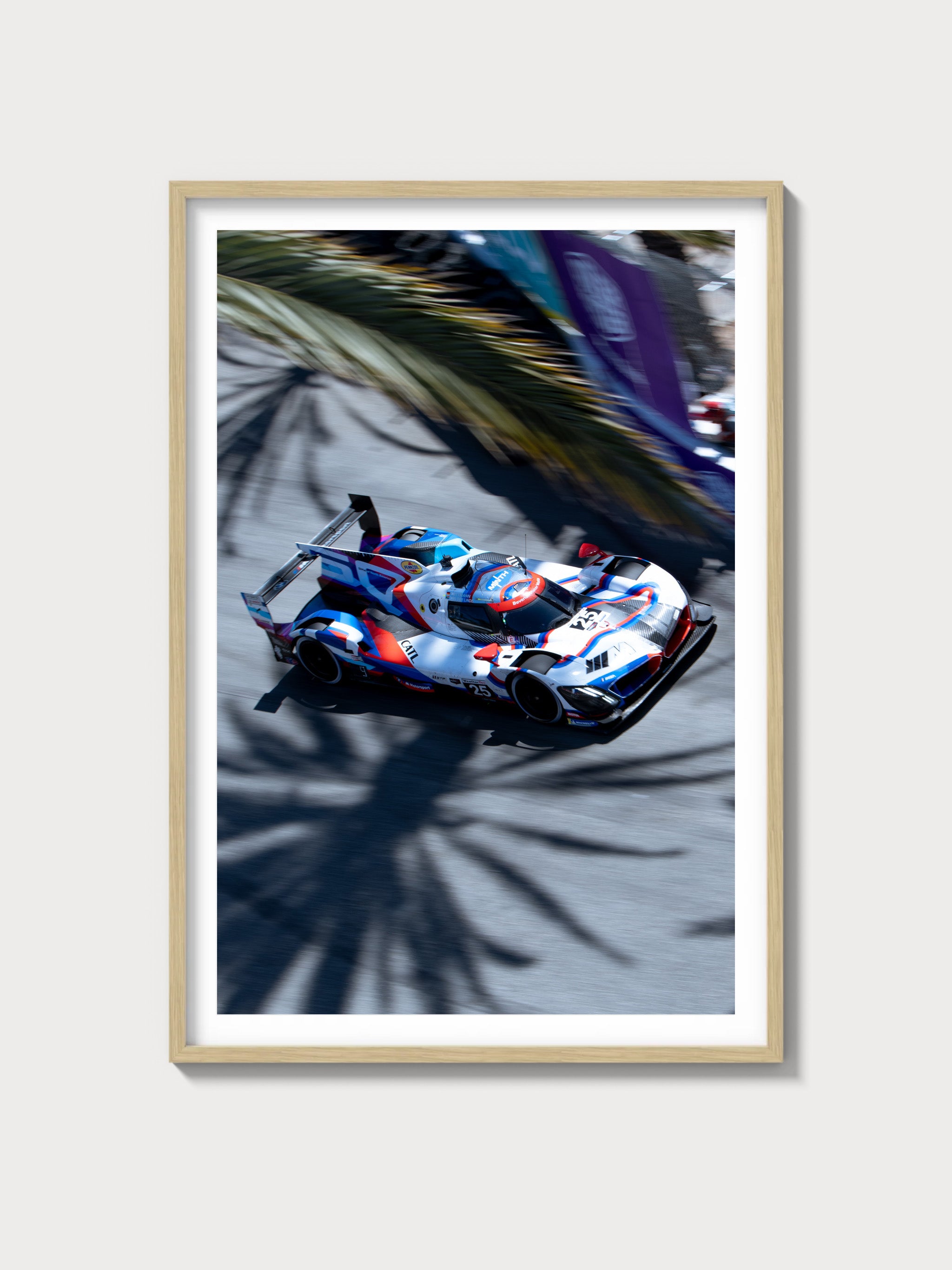1968 Pontiac GTO Ram Air I (1st Gen)
The 1968 Pontiac GTO Ram Air I sits at the intersection of stylistic reinvention and mechanical intent. It arrived with the GTO’s landmark redesign—an all-new A-body shell, a radical Endura polyurethane nose, and crucially, a functional cold-air system that made the hood scoops more than theatre. For collectors and drivers who appreciate the difference between a decal and real airflow, this is the first GTO of the new shape that actually breathed through its nostrils.
Historical Context and Development Background
By 1968, Pontiac had already written the muscle-car playbook with the original 1964 GTO. Corporate dynamics at GM had tightened around engine-size edicts in smaller cars, but the intermediate GTO remained the template for the segment. The 1968 model inaugurated the first year of the “Coke-bottle” A-body alongside a headline innovation: the Endura bumper, a body-colored, impact-resistant nose that could shrug off a mallet in advertisements. It was more than bravado—the GTO won Motor Trend’s Car of the Year for 1968.
The Ram Air I option took the existing high-performance 400 and paired it with a sealed underhood pan, functional dual hood scoops, specific camshaft and valvetrain calibrations, and high-flow exhaust manifolds. Midyear, the harder-edged Ram Air II stepped in above it with round-port cylinder heads and an even hotter cam, but the Ram Air I is the car that introduced real induction functionality to the new-shape GTO.
On the street and strip, the GTO’s primary rivals were the Chevrolet Chevelle SS396, Oldsmobile 4-4-2, Plymouth Road Runner, and Ford’s 428-powered Fairlane/Torino. In NHRA Stock and Super Stock, the Ram Air combinations were competitive pieces, especially when tuned with the right gear and slicks. While Pontiac wasn’t officially factory-racing in NASCAR or Trans-Am with the GTO, the brand’s drag-strip presence—backed by dealer networks and savvy tuners—kept the car in the conversation.
Engine and Technical Specifications
The Ram Air I engine is a 400-cu-in D-port V8, rated at 360 hp (SAE gross). The functional induction pan sealed to the hood scoops to feed the Rochester Quadrajet with cooler, denser air. Manual-transmission cars typically received the longer-duration 744 hydraulic cam, while automatics used the 068—both proven Pontiac grinds that paired well with the high-compression street tune.
| Specification | Detail |
|---|---|
| Engine configuration | Pontiac 400 V8, OHV, 2 valves per cylinder (D-port heads) |
| Displacement | 400 cu in (6,554 cc) |
| Horsepower (SAE gross) | 360 hp @ ~5,100 rpm |
| Torque (SAE gross) | 445 lb-ft @ ~3,600 rpm |
| Induction type | Functional Ram Air cold-air induction; naturally aspirated |
| Fuel system | Rochester Quadrajet 4-barrel carburetor |
| Compression ratio | 10.75:1 (factory rating) |
| Bore x stroke | 4.12 in x 3.75 in |
| Camshaft | 744 (manual) or 068 (automatic) hydraulic flat-tappet |
| Exhaust | High-flow cast-iron D-port manifolds, dual exhaust |
| Redline | Approx. 5,100 rpm (factory tach) |
Driving Experience and Handling Dynamics
Despite the headline power, the Ram Air I is all about delivery. The cold-air setup sharpens throttle response above a brisk idle and gives the engine a noticeable second wind as the revs sweep past the midrange. The Quadrajet’s small primaries keep part-throttle clean; lean into the pedal and the big secondaries make their presence known.
Chassis tuning reflected Pontiac’s grand-touring brief. The GTO rides on a coil-sprung live rear axle with multiple control arms and a front double A-arm layout. A thicker front anti-roll bar and firmer springs compared to base Tempest/LeMans settings make the car more disciplined over undulations without losing its long-legged stride. Steering is recirculating ball—accurate, with modest on-center slack by modern standards; variable-ratio power assist was common and welcome in parking lots.
Braking was four-wheel drums as standard, with robust 4-piston front discs optional. The disc setup transforms the car’s confidence on a spirited road, especially on downhill sections where the drums can fade. Gearboxes ranged from a standard heavy-duty 3-speed manual to Muncie 4-speeds (close- and wide-ratio) and the Turbo-Hydramatic 400 automatic, often paired with the Hurst Dual-Gate shifter. Safe-T-Track (limited-slip) and axle ratios from mid-3s to 3.90:1 underpin the car’s readiness for either boulevard or bracket night.
Performance Specifications
Period road tests clustered the Ram Air I’s numbers in the expected GTO window: quick, tractable, and traction-limited on street tires of the day. As ever, gearing and driver make a difference.
| Metric | Figure |
|---|---|
| 0–60 mph | Approx. 6.2–6.8 s (period tests) |
| Quarter-mile | Approx. 14.2–14.7 s @ 98–100 mph (period tests) |
| Top speed | Approx. 122–126 mph (gearing dependent) |
| Curb weight | ~3,650–3,800 lb (equipment dependent) |
| Layout | Front-engine, rear-wheel drive (FR) |
| Brakes | Drums standard; front 4-piston discs optional |
| Suspension | Front: unequal-length A-arms, coil springs; Rear: coil-sprung live axle with control arms |
| Gearbox | HD 3-speed manual std; Muncie 4-speed or TH400 optional |
Variant Breakdown
For 1968, the GTO lineup included several performance calibrations of the 400 V8 and two body styles. Production documentation for specific option packages varies; Pontiac Historic Services (PHS) is the definitive resource for verifying an individual car.
| Variant | Body style | Engine & induction | Transmissions | Production | Major differences | Market notes |
|---|---|---|---|---|---|---|
| GTO 400 (base) | Hardtop, Convertible | 400 4-bbl (non-functional scoops), 350 hp (gross) | 3-sp manual (std), Muncie 4-sp, TH400 | Hardtop approx. 77,704; Convertible approx. 9,980 | Endura front; Rally gauges optional; Safe-T-Track optional | Primarily North America; limited export |
| GTO 400 H.O. | Hardtop, Convertible | 400 H.O. (high-flow manifolds), 360 hp (gross) | 3-sp, Muncie 4-sp, TH400 | Not separately published by Pontiac | Higher-rate valve springs, 068 cam; non-functional scoops | North America focus |
| GTO Ram Air I | Hardtop, Convertible | 400 Ram Air (functional induction), 360 hp (gross) | HD 3-sp, Muncie 4-sp, TH400 | Not officially published; verify via PHS documentation | Functional scoops with pan; 744 cam (M/T) or 068 (A/T); high-flow D-port manifolds; "Ram Air" callouts | Sold primarily in North America |
| GTO Ram Air II (midyear) | Hardtop, Convertible | 400 Ram Air II (round-port heads), 366 hp (gross) | Muncie 4-sp, TH400 | Approx. 246 total (combined body styles) | Round-port heads; 041 cam; unique exhaust; higher redline character | North America, limited numbers |
Ownership Notes: Maintenance, Parts, and Restoration
- Documentation: PHS paperwork is invaluable for confirming a true Ram Air I build (engine codes, options, and original configuration).
- Fuel and detonation: With a factory 10.75:1 compression ratio, the engine was calibrated for high-octane leaded fuel. Careful ignition timing, appropriate octane, and conservative advance curves are important to prevent knock.
- Flat-tappet cam care: Use high-zinc/phosphorus oil for break-in and routine service to protect the cam and lifters.
- Cooling: Ensure the shroud, water pump impeller clearance, and radiator core are to spec; marginal cooling systems will show up quickly in warm weather or traffic.
- Endura bumper: The flexible nose can crack or craze if improperly prepped. Use compatible primers and flexible additives when refinishing.
- Transmissions and axle: Muncie 4-speeds and the TH400 are durable. Safe-T-Track differentials benefit from proper additive and fluid changes.
- Service intervals (period guidance): Oil and filter ~3,000 miles; ignition points and plugs ~12,000 miles; differential and gearbox service as usage dictates. Modern fluids improve margins but don’t eliminate routine checks.
- Parts availability: Excellent. Reproduction and NOS components for driveline, interior, and trim are widely supported; Ram Air pans, seals, and brackets are reproduced, though fitment may require careful adjustment.
- Restoration difficulty: Mechanically straightforward; the challenge is correctness—date codes, fasteners, finishes, and Ram Air-specific components. Budget extra time for Endura nose fit and paint.
Cultural Relevance and Market Perspective
The 1968 GTO’s Endura-nose campaign became an advertising touchstone, and the model’s Car of the Year accolade cemented its stature. Within that story, the Ram Air I occupies a particularly satisfying niche: the first functional-induction GTO of the new body, strong midrange thrust, and real-world street manners. In the collector arena, Ram Air I cars command a premium over comparable H.O. cars, with RA II examples sitting higher still. Documented Ram Air I 4-speeds and convertibles have achieved notable results at major auctions, and well-restored, numbers-matching cars are consistently sought by Pontiac specialists.
FAQs
Was the 1968 Ram Air I the fastest GTO of the year?
Not quite—the midyear Ram Air II was quicker in stock form thanks to its round-port heads and hotter cam. The Ram Air I remains very quick and tractable on the street.
What engine codes identify a 1968 Ram Air I?
Ram Air I engines used specific codes by transmission; enthusiasts commonly reference XS (manual) and XR (automatic) among others. Always verify with PHS documentation and matching component date codes.
How much power did the Ram Air I make?
Factory rating was 360 hp (SAE gross) and 445 lb-ft. As with most period ratings, actual output varies with tune and condition.
Known problem areas?
Cooling system marginality if out of spec, flat-tappet cam wear without proper oil, carburetor heat soak if insulating gaskets are omitted, and Endura bumper finish issues from incorrect materials. Original nylon-tooth cam sprockets on some Pontiac V8s are also commonly replaced during rebuilds.
How rare is a Ram Air I versus a Ram Air II?
Ram Air II production is well-documented at roughly 246 cars. Pontiac did not publish an official, consolidated total for Ram Air I, making PHS documents essential for confirming individual examples.
What is the driving character compared to a base 400?
The Ram Air I is sharper off the cam with a stronger upper-mid pull, aided by the induction and cam spec, while retaining the GTO’s broad-shouldered torque and driveability.
Which brakes should I look for?
The optional front 4-piston disc setup is highly desirable for spirited driving. It materially improves fade resistance and pedal feel over the standard drums.
Value outlook?
Ram Air I cars have historically traded above comparable non-Ram Air GTOs. Documentation, originality, body style, and transmission choice are the prime value drivers.

